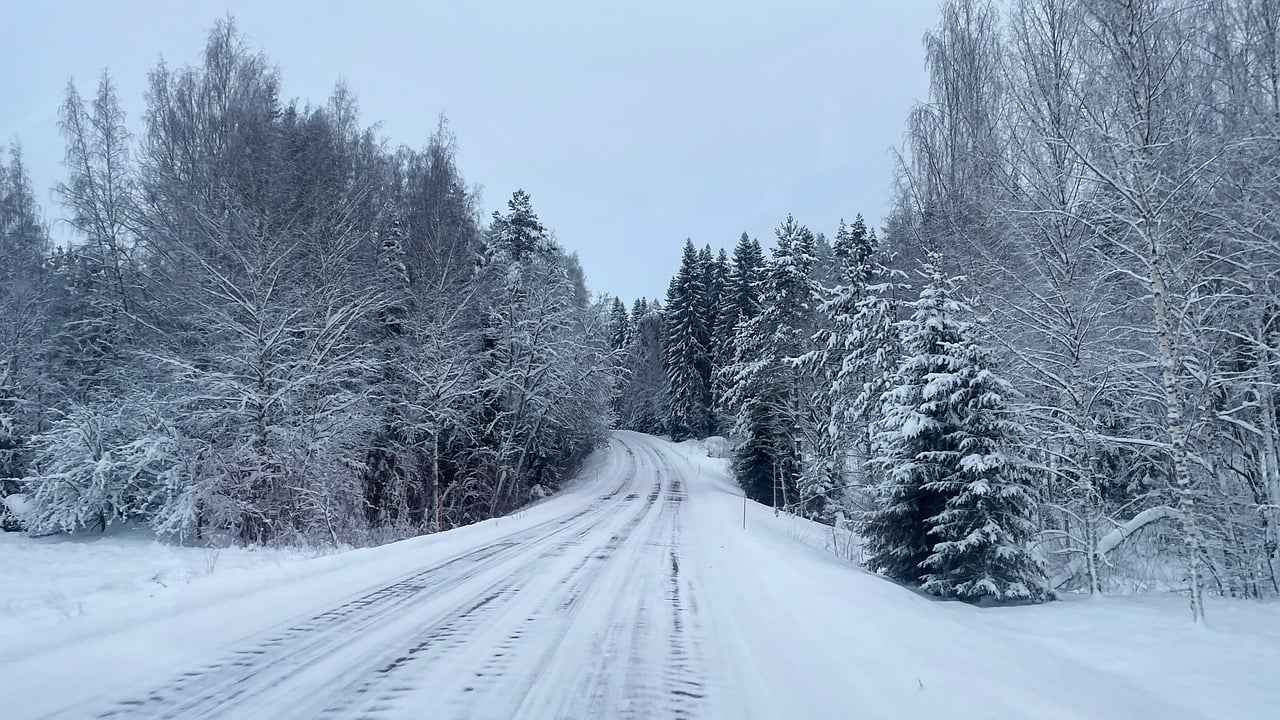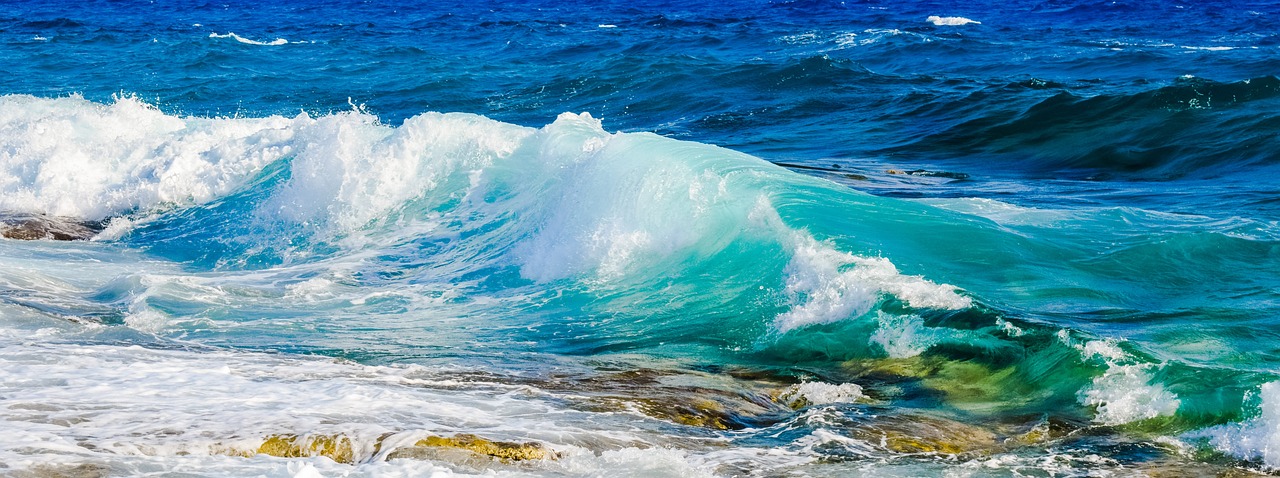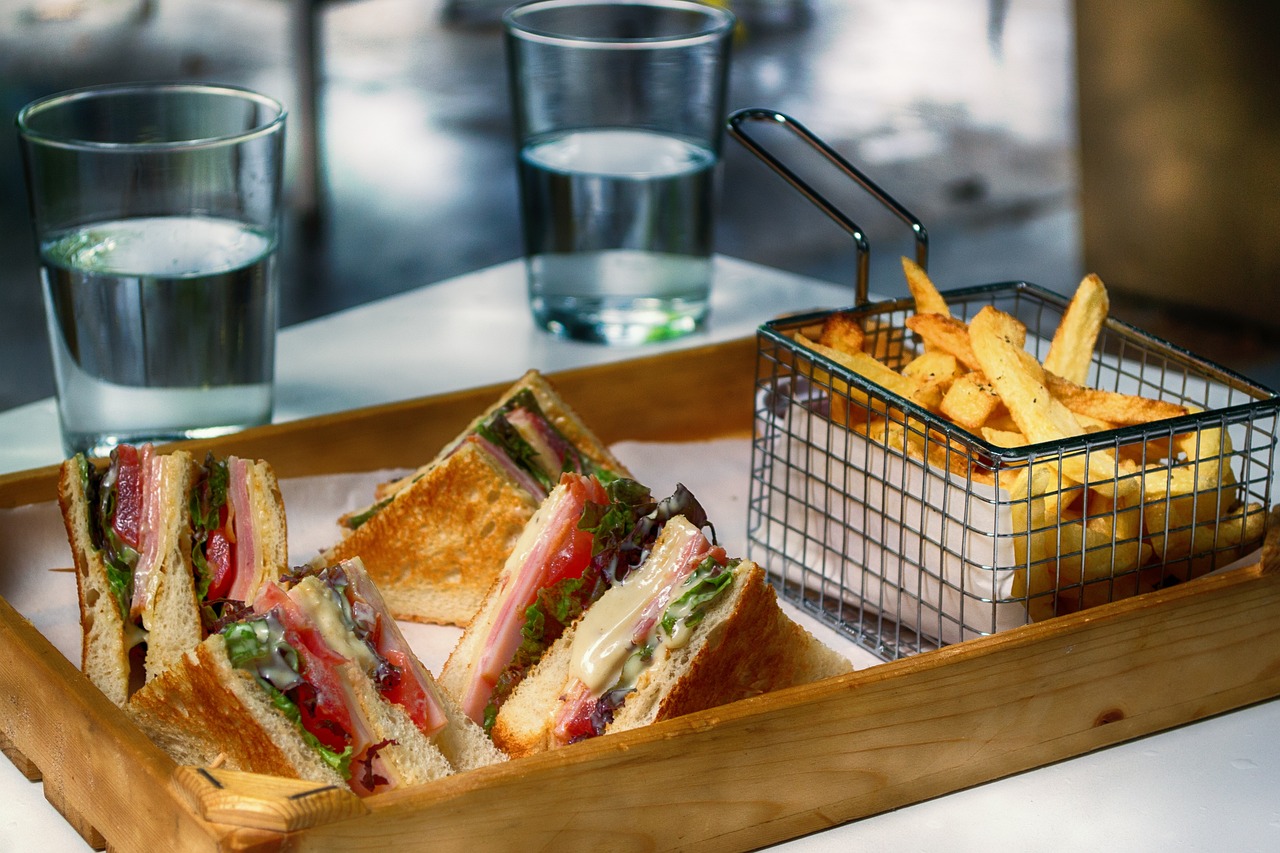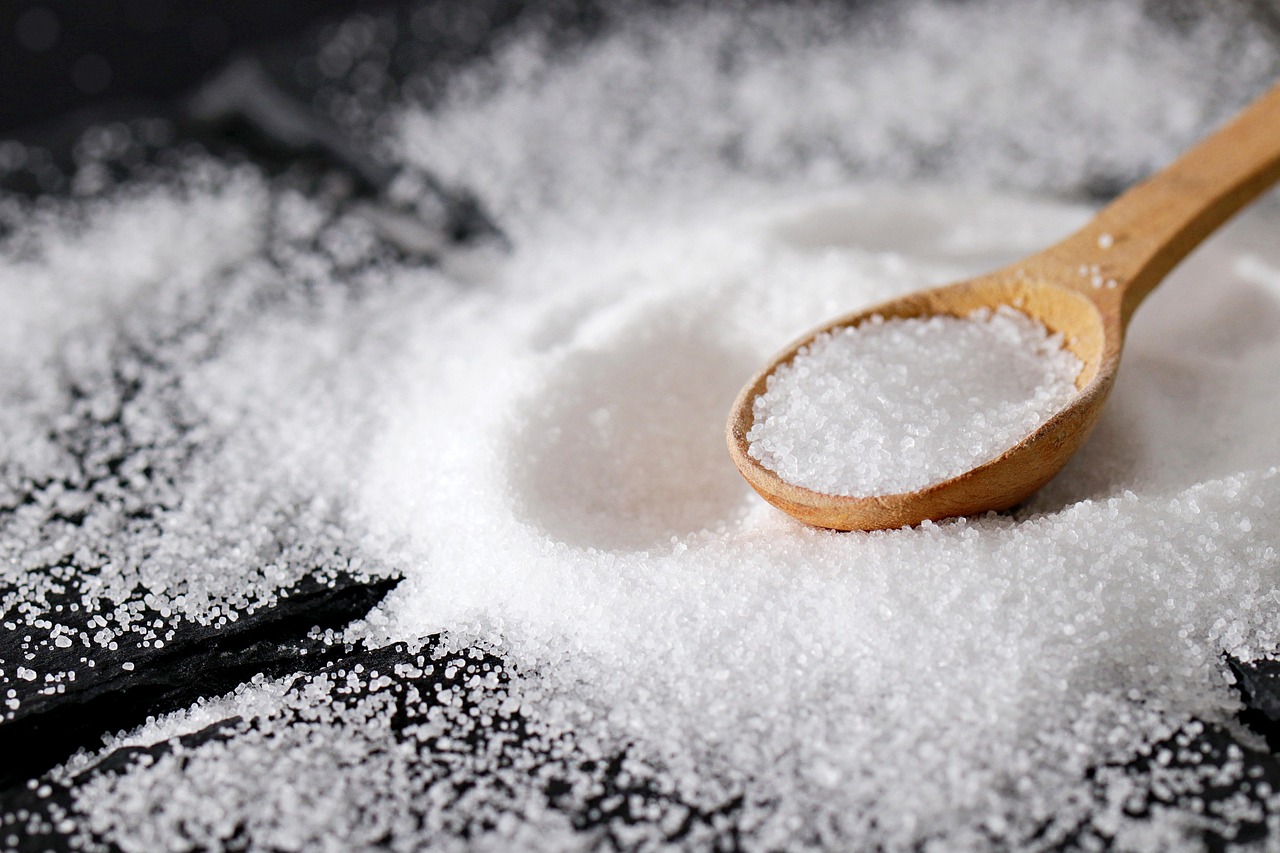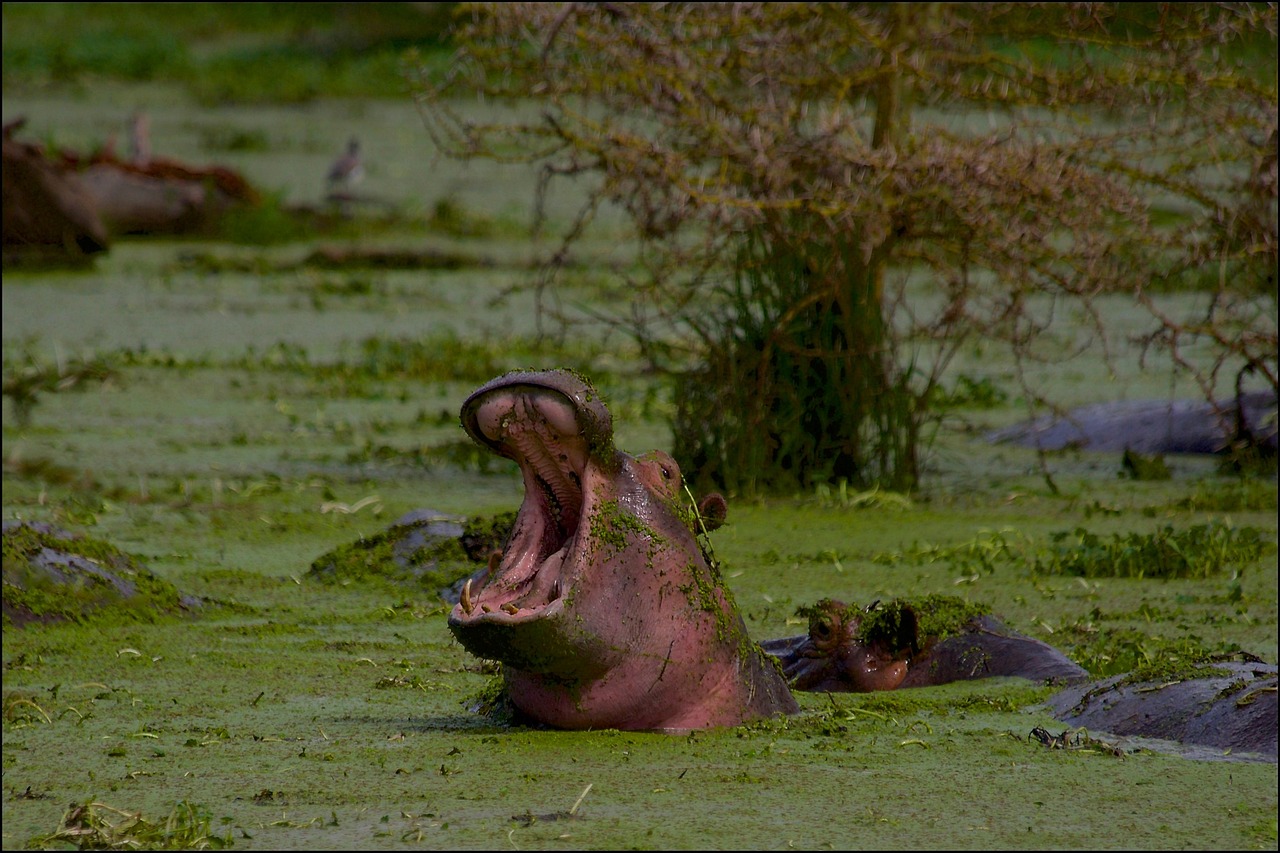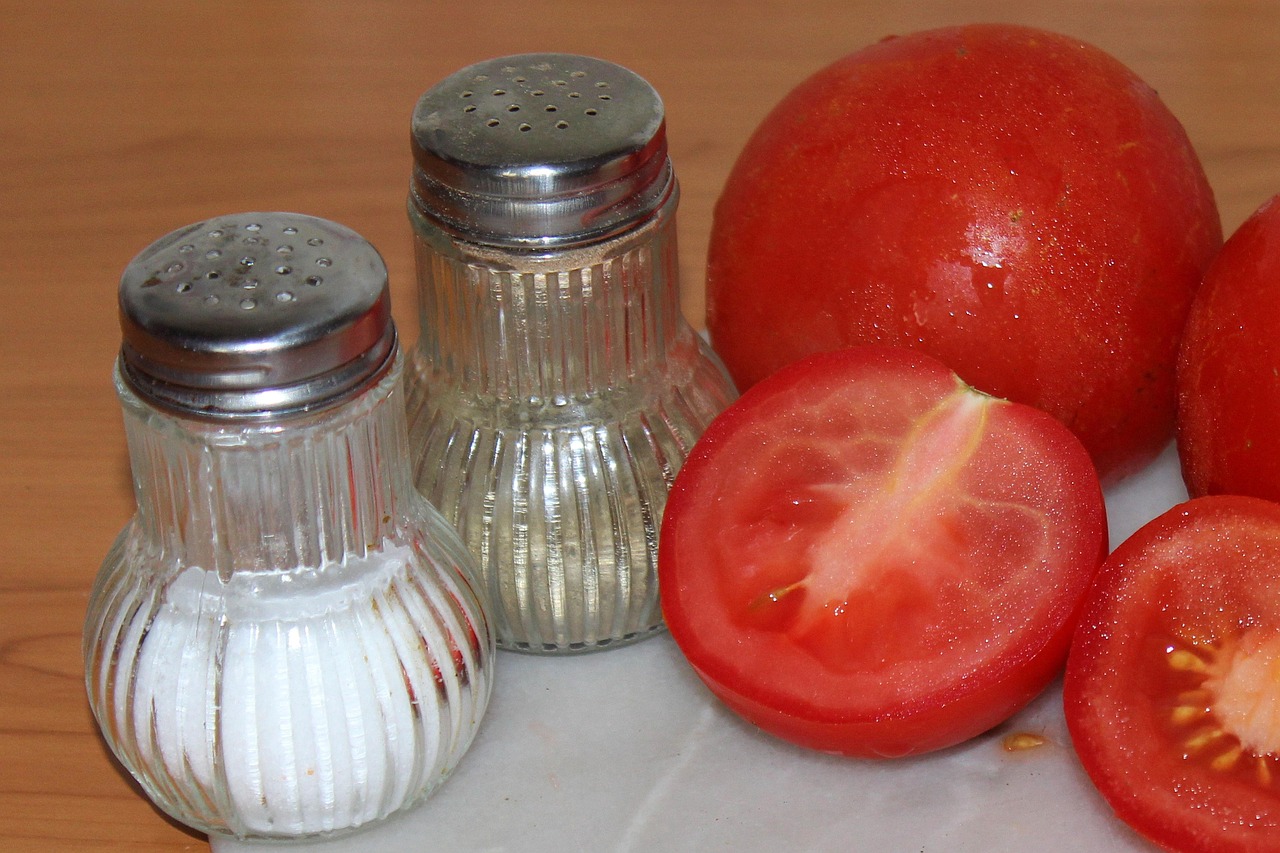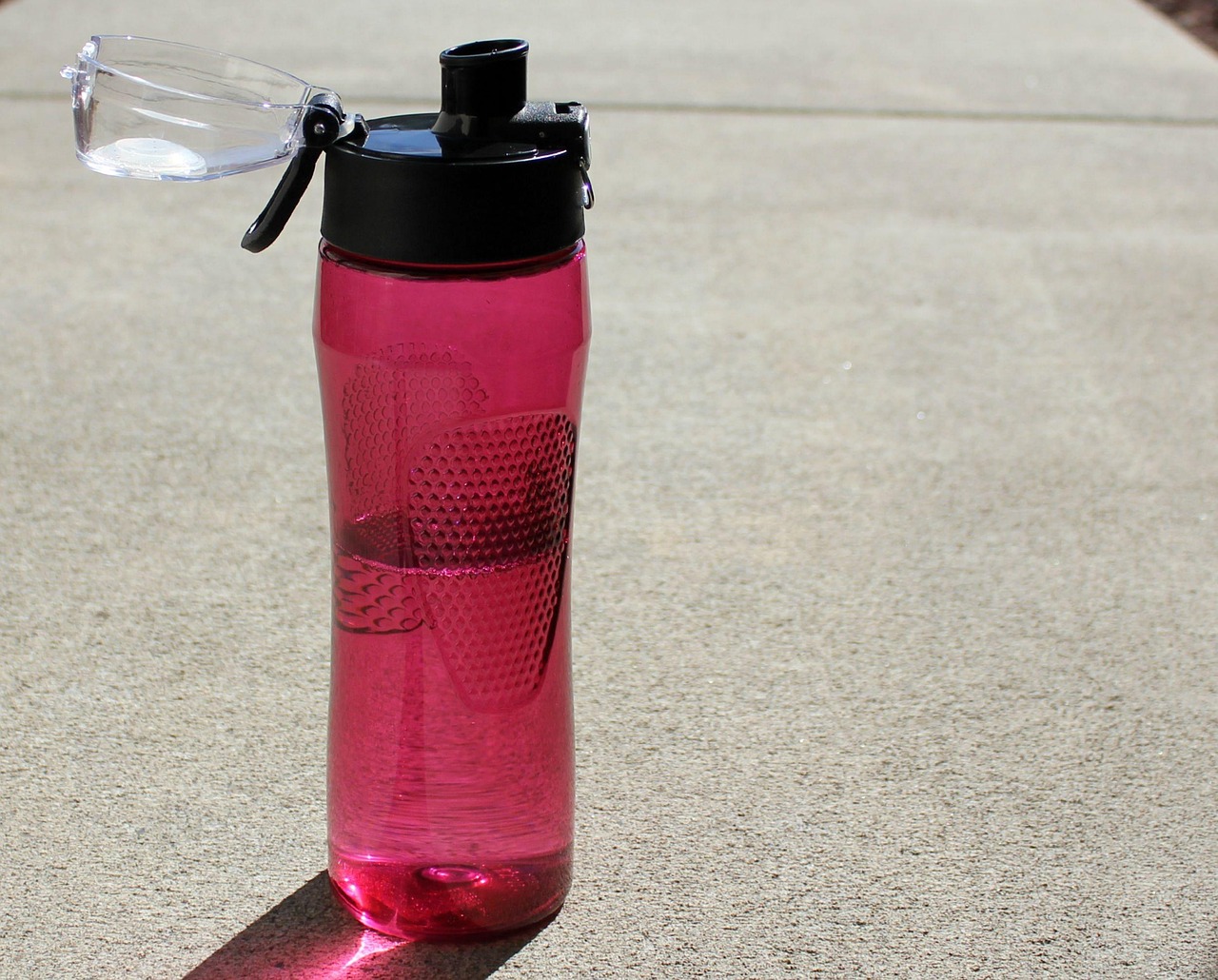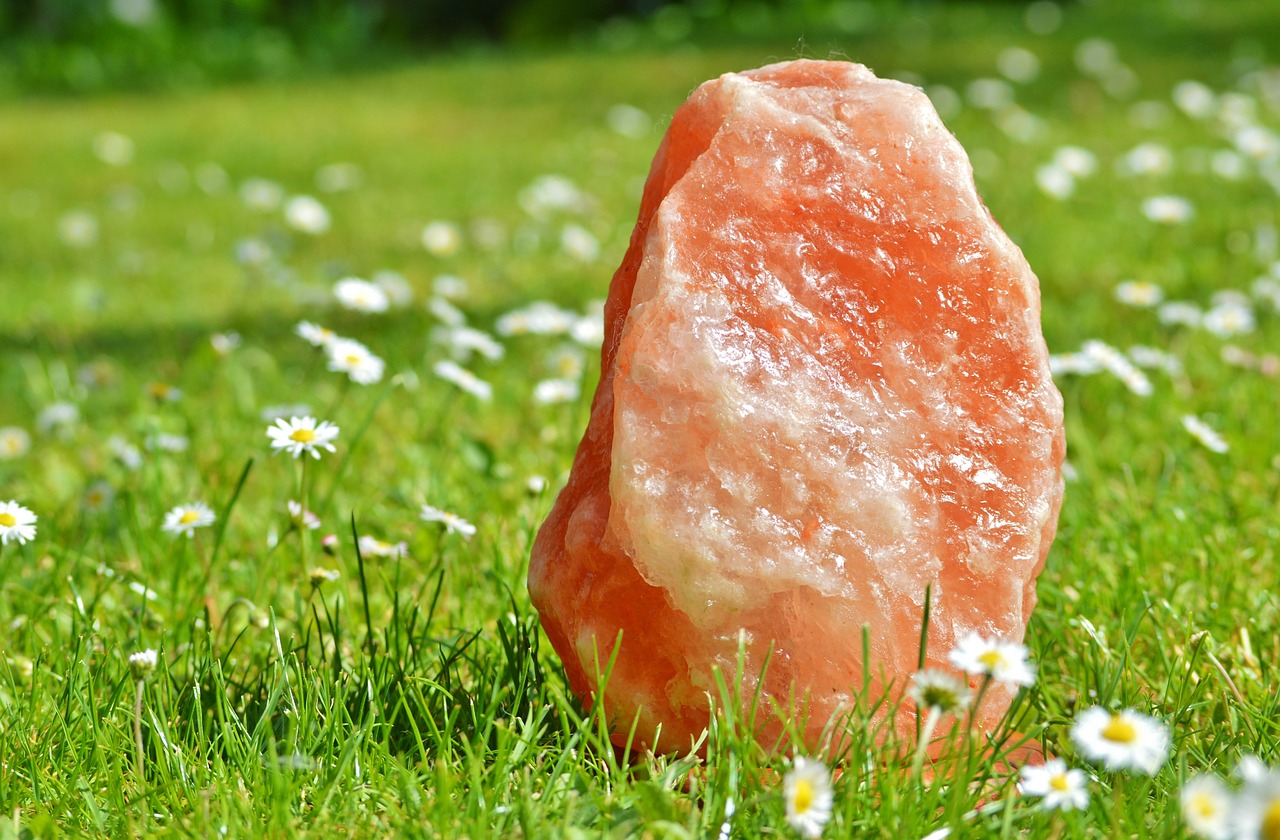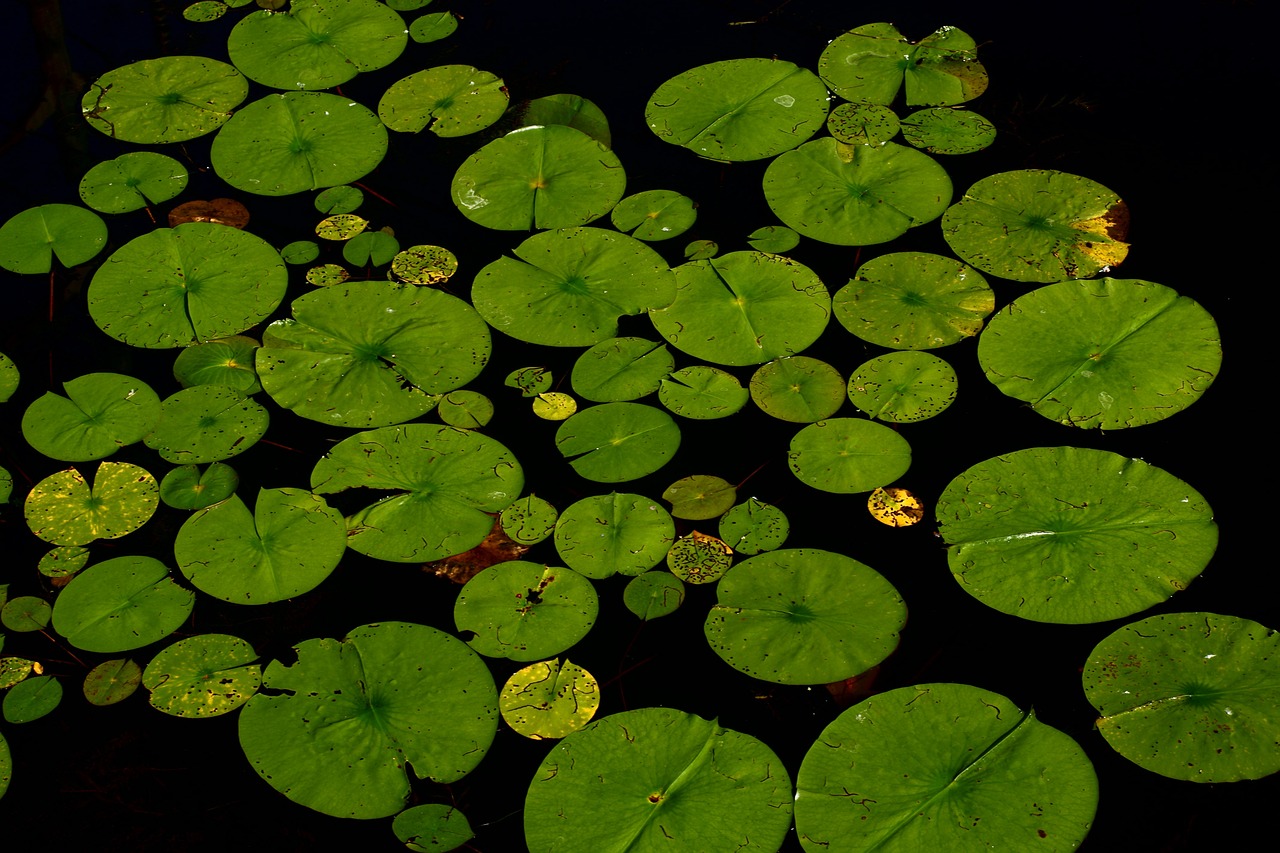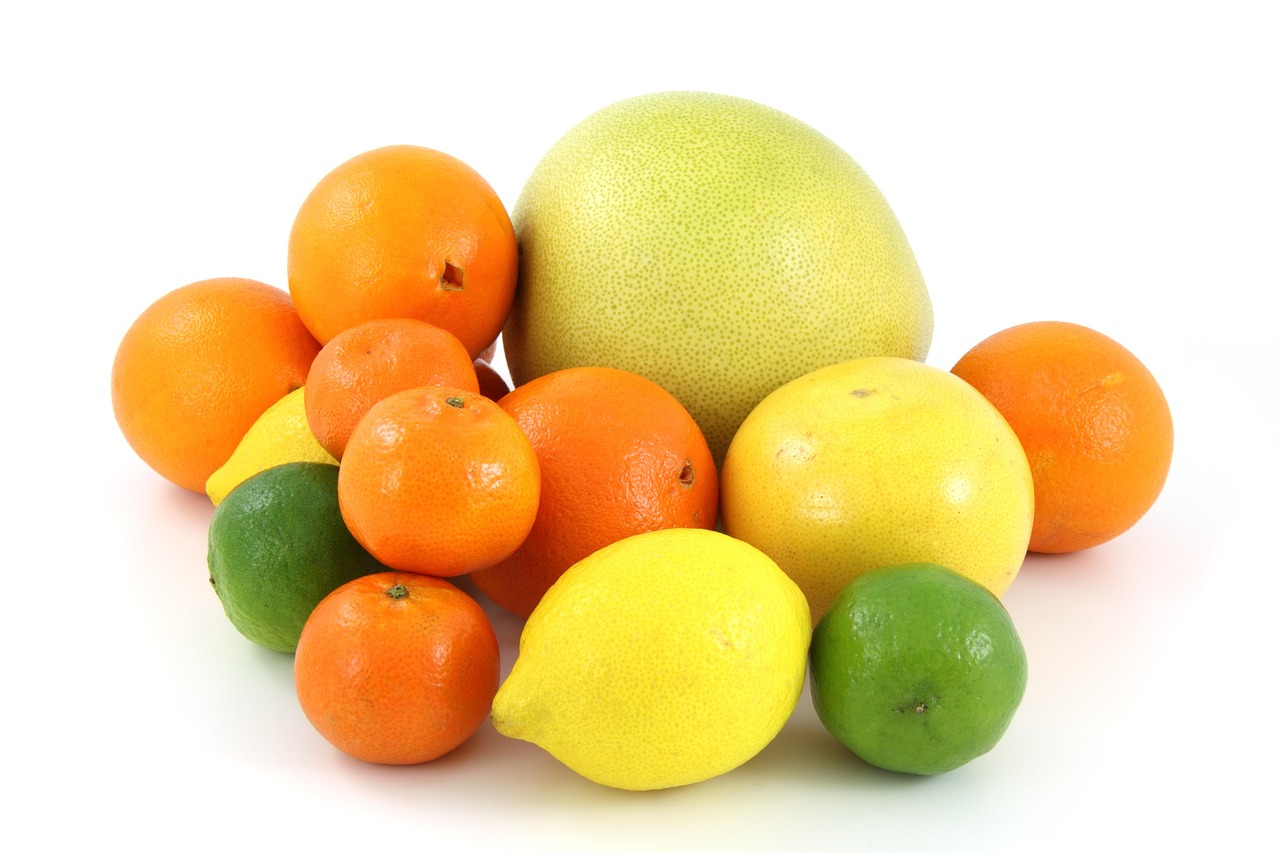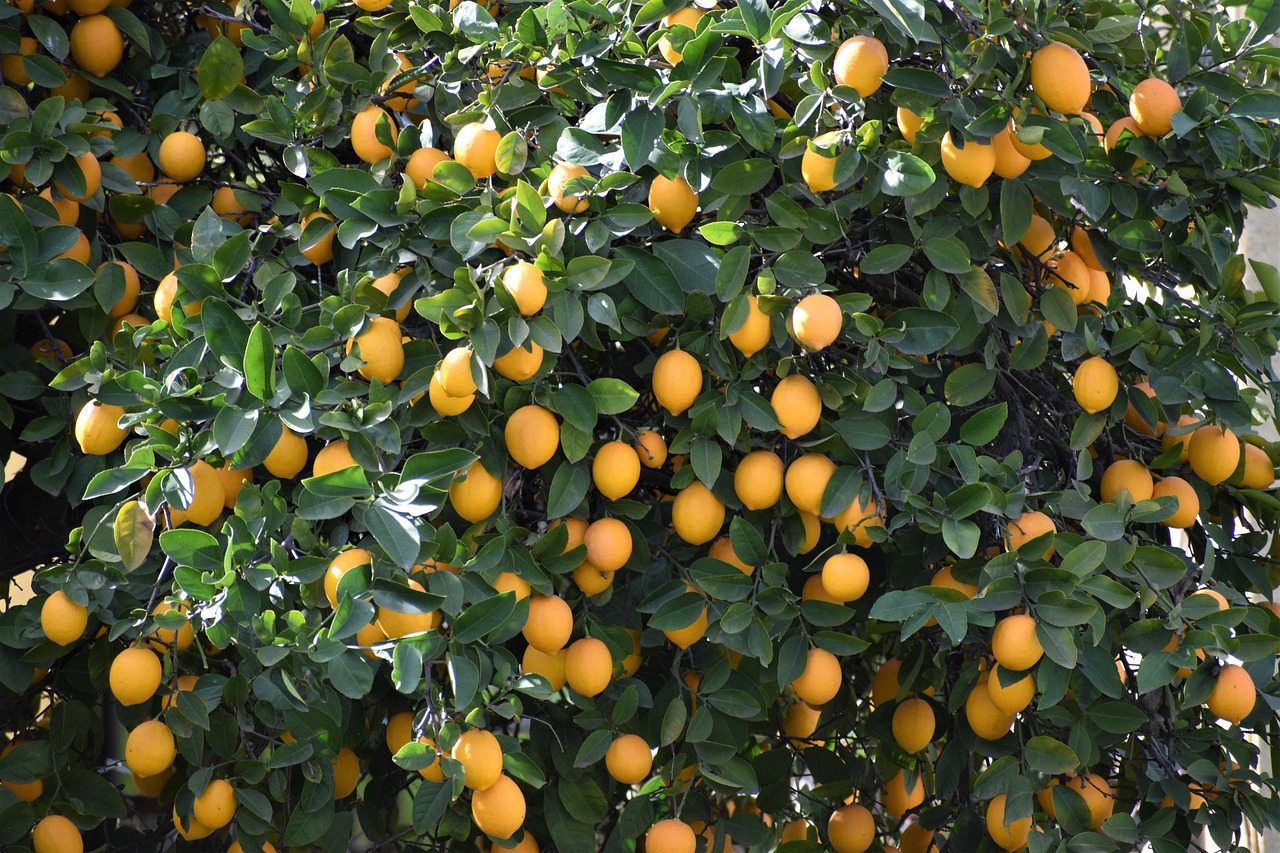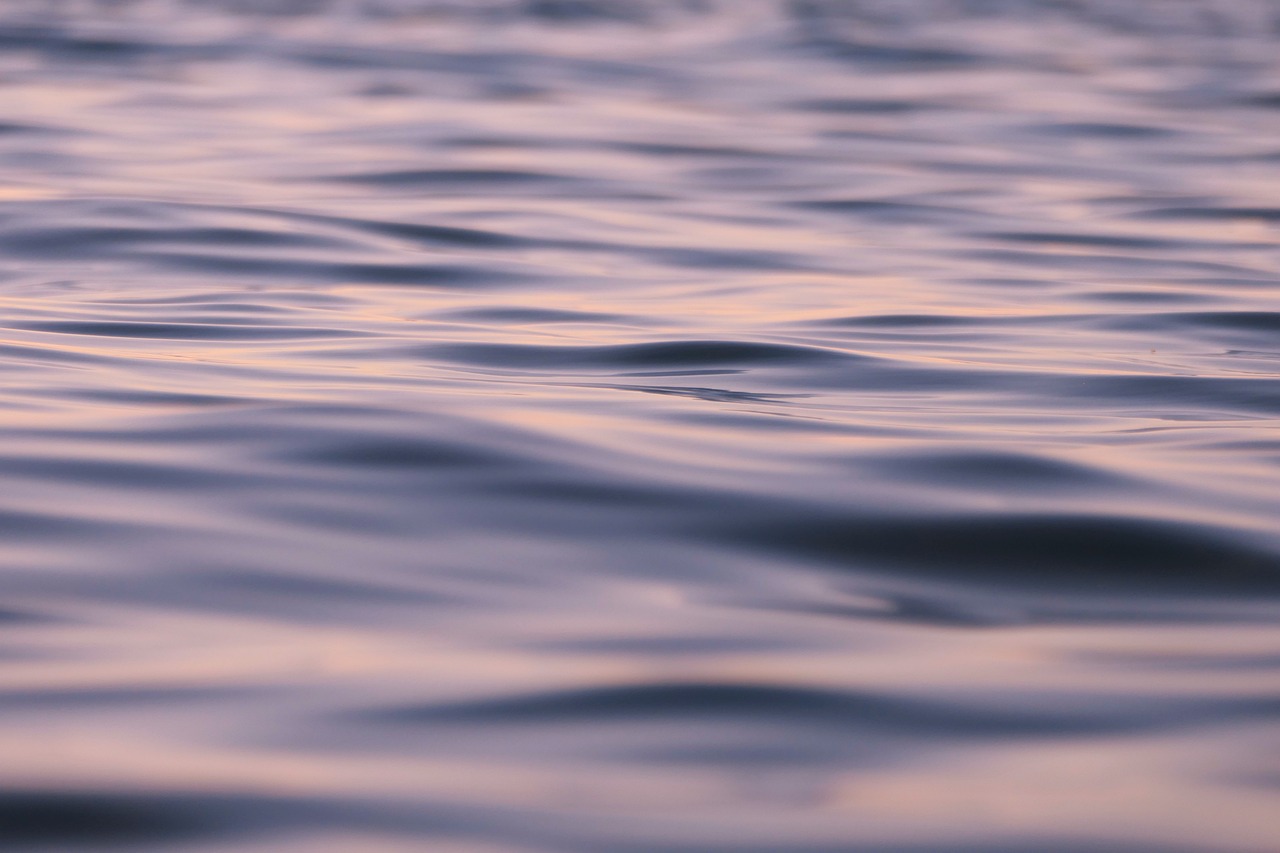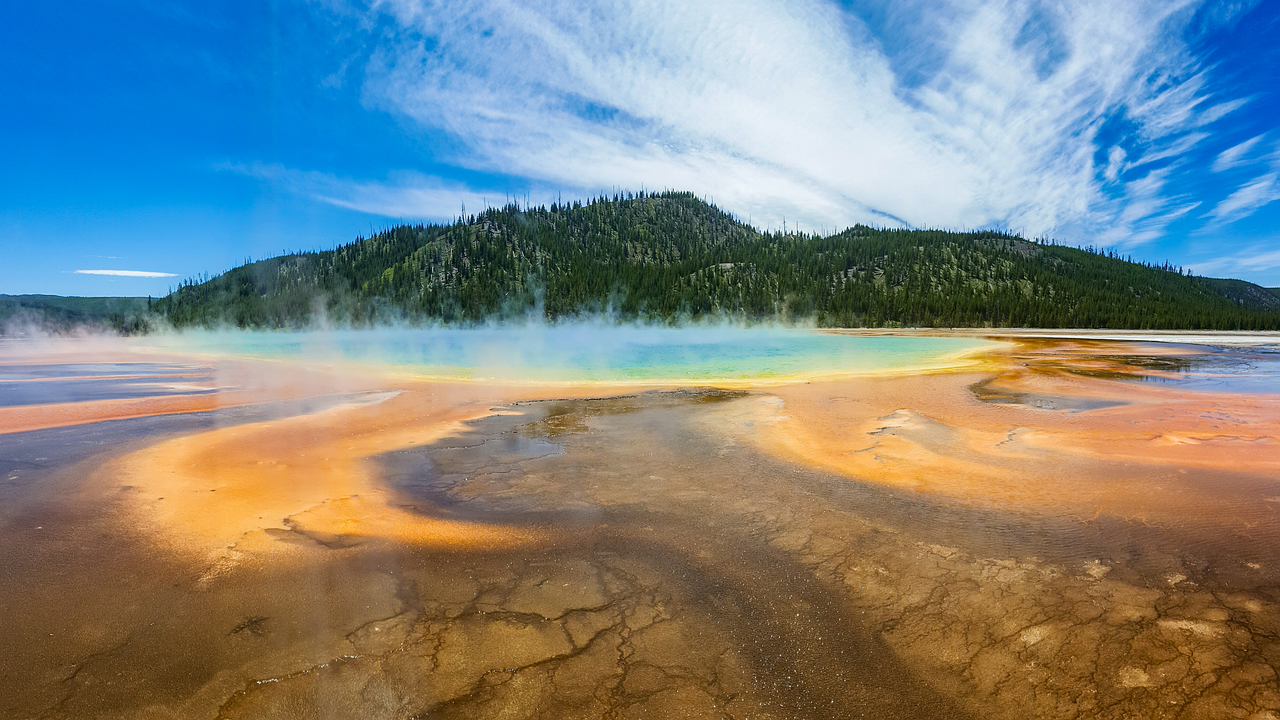This article delves into the fascinating topic of how temperature influences the freezing process of water. It examines scientific principles, various experiments, and common misconceptions to provide a nuanced understanding of this intriguing phenomenon.
The Mpemba Effect is a surprising observation where warm water can freeze faster than cold water under specific conditions. This phenomenon was named after Erasto Mpemba, a Tanzanian student who noticed this occurrence in the 1960s. Scientists have explored various theories to explain this effect, including factors like evaporation rates, convection currents, and the properties of water molecules.
Several factors play a crucial role in determining the freezing rates of water:
- Temperature: The initial temperature of the water is a significant factor that influences how quickly it freezes.
- Container Type: The material and shape of the container can affect heat transfer rates.
- Environmental Conditions: Air pressure and humidity levels can also impact freezing times.
Temperature is vital in the freezing process. When water is heated, it can undergo changes that might allow it to freeze more quickly than expected. The differences in starting temperature can lead to varying freezing times, making it essential to consider both warm and cold water when conducting experiments.
Supercooling occurs when water remains in a liquid state even below its freezing point. This phenomenon can significantly affect the freezing process of both warm and cold water. Understanding supercooling is crucial for grasping why certain conditions can lead to faster freezing.
Heat loss from water occurs through various mechanisms, including:
- Conduction: The direct transfer of heat through contact with colder surfaces.
- Convection: The movement of heat through the fluid as warmer water rises and cooler water sinks.
- Radiation: The emission of heat in the form of infrared radiation.
The type of container used to freeze water can significantly influence the freezing rate. Different materials, such as metal, glass, and plastic, have varying thermal properties that affect how quickly they lose heat.
Environmental factors, including air pressure and humidity, can also alter freezing rates:
Changes in atmospheric pressure can affect the boiling and freezing points of water. Higher pressure generally raises the freezing point, while lower pressure can lower it, thus impacting the freezing time.
Humidity levels in the air can also play a role in how quickly water freezes. High humidity can slow down the freezing process due to the presence of moisture in the air, which can create a layer of insulation around the water.
Numerous experiments have been conducted to study the freezing rates of warm and cold water. These studies provide valuable insights into the Mpemba Effect and other related phenomena.
Classic experiments have demonstrated the Mpemba Effect, showcasing how warm water can freeze faster than cold water under controlled conditions. These experiments often involve varying the initial temperatures and observing the outcomes.
Contemporary research has further explored the Mpemba Effect, revealing new insights into the complexities of freezing water. Studies have focused on molecular interactions and the role of impurities in water, contributing to a better understanding of this phenomenon.
Several myths surround the freezing process of water:
One common misconception is that cold water always freezes faster than warm water. This is not necessarily true, as various factors can lead to exceptions.
Another myth is that warm water cannot freeze. In reality, warm water can freeze effectively under the right conditions, debunking this misconception.
Understanding the freezing rates of water has practical implications in various fields:
Knowledge of freezing rates can enhance food preservation methods, allowing for better techniques that optimize freezing based on water temperature.
In industrial settings, understanding freezing processes is crucial for efficient ice production. Industries utilize this knowledge to improve their operations.
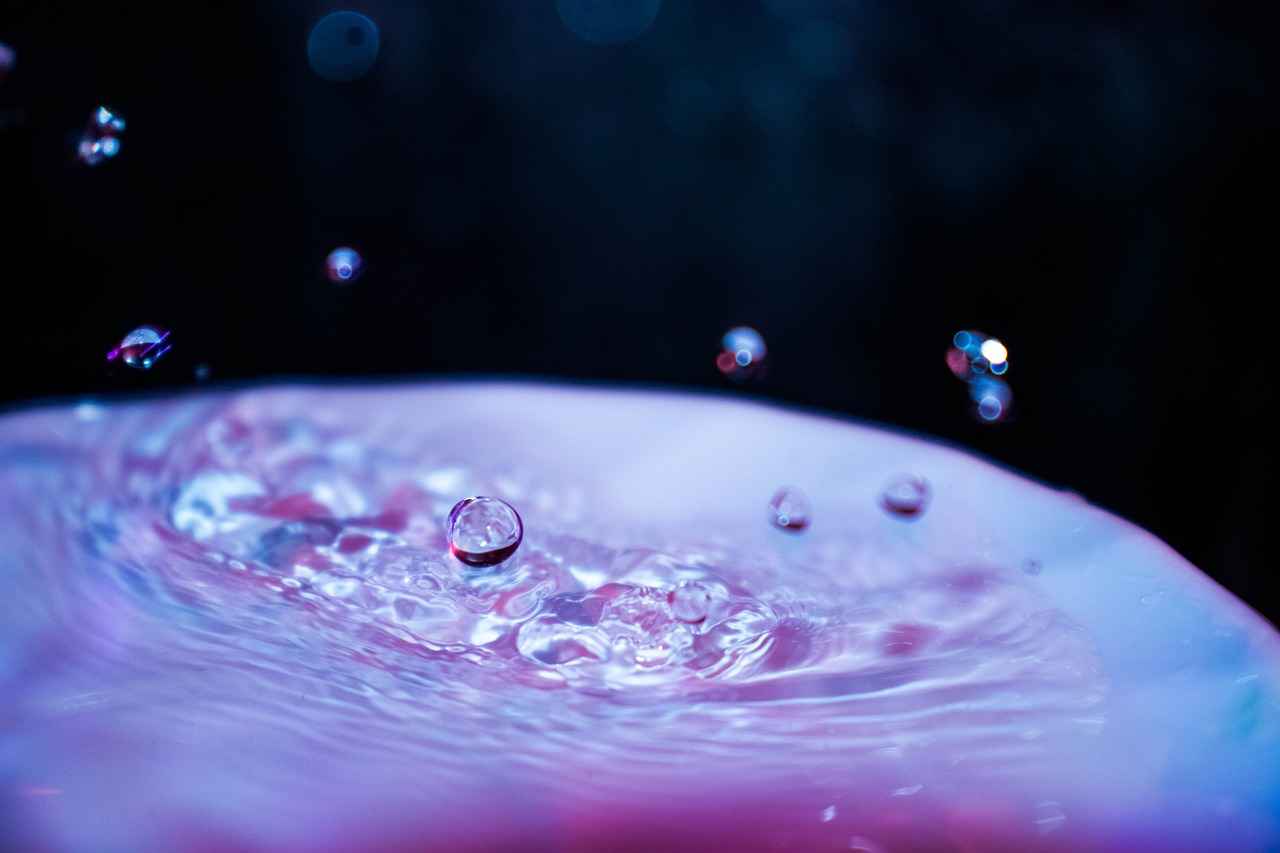
The Mpemba Effect Explained
The Mpemba Effect is a fascinating and counterintuitive phenomenon that challenges our understanding of physics. It describes the occurrence where warm water freezes faster than cold water under certain conditions. This section will explore the historical context, scientific principles, and various factors that contribute to this intriguing effect.
The term “Mpemba Effect” was named after a Tanzanian student, Erasto Mpemba, who observed this phenomenon in the 1960s while making ice cream. Despite his initial observations, the scientific community was skeptical until further research validated his claims. Over the years, numerous studies have attempted to explain why warm water can freeze faster than its cooler counterpart.
Several scientific principles underpin the Mpemba Effect. One key factor is the concept of evaporation. When warm water is placed in a freezing environment, a portion of it evaporates, reducing the volume that needs to freeze. This loss of mass can lead to a quicker freezing time compared to a larger volume of cold water which does not experience the same level of evaporation.
Another important aspect is supercooling. Cold water can sometimes remain in a liquid state below its freezing point, a state known as supercooling. Warm water, on the other hand, may not supercool as easily, allowing it to transition into ice more rapidly. This phenomenon has been observed in various experiments, highlighting the complexities of water’s freezing behavior.
Additionally, the heat loss mechanisms play a crucial role in the freezing process. Warm water loses heat through conduction, convection, and radiation. The rate at which heat is lost can vary significantly depending on the initial temperature of the water and the surrounding environment. For instance, warmer water may have a higher rate of convection currents, which can enhance the cooling process.
Furthermore, the type of container used can significantly impact freezing rates. Materials with different thermal properties can either retain or dissipate heat more effectively. For example, metal containers conduct heat better than plastic ones, potentially leading to faster freezing times for water stored in metal.
Environmental conditions also play a vital role in the Mpemba Effect. Factors such as air pressure and humidity can influence the freezing process. Changes in atmospheric pressure can alter the boiling and freezing points of water, thus affecting how quickly water freezes. Similarly, high humidity levels may impede the freezing process by introducing additional moisture into the environment.
Numerous experiments have been conducted to investigate the Mpemba Effect. Classic studies have provided evidence supporting the phenomenon, while recent research continues to explore its implications. These studies help to clarify the conditions under which warm water can freeze faster than cold water, contributing to our overall understanding of thermodynamics.
In summary, the Mpemba Effect is a remarkable illustration of the complexities of water’s behavior under varying conditions. Understanding this phenomenon not only enhances our knowledge of physics but also has practical applications in fields such as food preservation and ice production. By exploring the scientific principles, historical context, and influencing factors, we gain valuable insights into the intriguing world of freezing water.
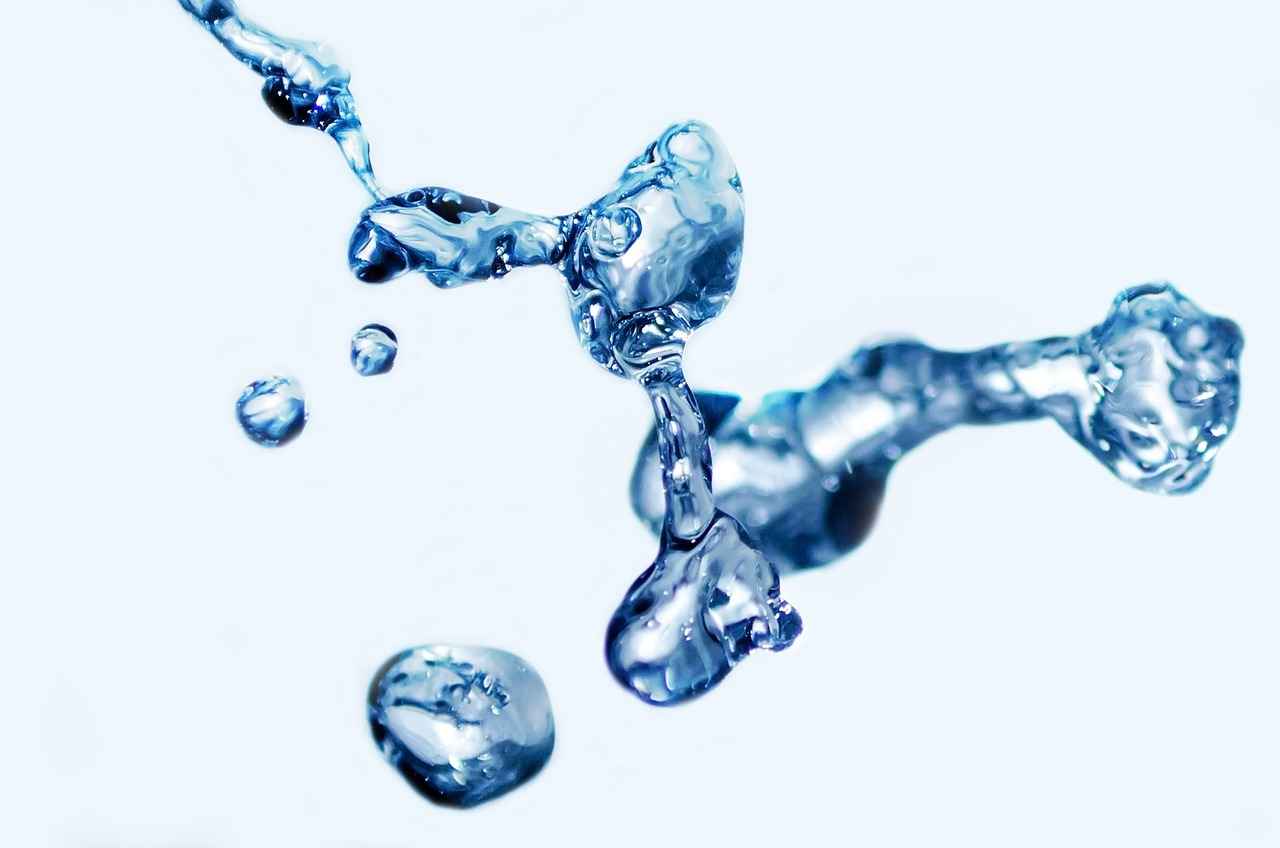
Factors Influencing Freezing Rates
The process of freezing water is influenced by a variety of factors, each playing a significant role in determining how quickly water transitions from a liquid to a solid state. In this section, we will explore these factors in detail, focusing on temperature, container type, and environmental conditions.
Temperature is perhaps the most obvious factor affecting freezing rates. The initial temperature of water can greatly influence the amount of time required for it to freeze. Generally, colder water will freeze faster than warmer water due to the lower energy levels present in the molecules. However, the Mpemba Effect complicates this notion, where under certain conditions, warm water can freeze more quickly than cold water. This phenomenon is still a subject of scientific investigation, with various theories proposed to explain its occurrence.
Another fascinating aspect of the freezing process is supercooling. This occurs when water is cooled below its freezing point without actually forming ice. Supercooled water remains in a liquid state despite being at a temperature where it should freeze. This phenomenon can significantly affect the freezing time of both warm and cold water, as supercooled water may freeze almost instantaneously upon disturbance.
Understanding how heat is lost from water is crucial in the freezing process. There are three primary mechanisms of heat loss:
- Conduction: This is the transfer of heat through direct contact. The material of the container plays a crucial role in how quickly heat is conducted away from the water.
- Convection: This involves the movement of heat through fluids. As water cools, it becomes denser and sinks, allowing warmer water to rise and continue the cooling process.
- Radiation: Heat can also be lost through radiation, where energy is emitted in the form of infrared radiation. This is typically a less significant factor in freezing but can still play a role in certain environments.
The type of container used for freezing water can significantly affect the freezing rates. Different materials conduct heat at varying rates. For example, metal containers typically conduct heat better than plastic, leading to faster freezing times. Additionally, the shape of the container can influence the surface area exposed to cold air, further impacting how quickly the water freezes. Shallow containers may allow for quicker heat loss than deeper ones, facilitating faster freezing.
Beyond the immediate factors, environmental conditions such as air pressure and humidity also play a crucial role in the freezing process. Changes in atmospheric pressure can alter the boiling and freezing points of water, potentially affecting how long it takes for water to freeze. In high-pressure environments, water may freeze at a higher temperature, while lower pressure can lower the freezing point.
Humidity levels can also influence freezing rates. In humid conditions, the presence of moisture in the air can affect the rate at which heat is lost from water. High humidity can slow down the freezing process as the moisture can create a layer of insulation around the water, whereas low humidity can facilitate quicker freezing by allowing for more efficient heat loss.
In summary, the freezing rate of water is influenced by a complex interplay of temperature, container type, and environmental conditions. Understanding these factors not only sheds light on the freezing process but also has practical applications in various fields, from culinary practices to industrial ice production.
Temperature Variations
Temperature plays a pivotal role in the freezing process of water, significantly affecting the time it takes for water to transition from a liquid to a solid state. Understanding how different starting temperatures influence this process is essential for both scientific inquiry and practical applications.
When discussing , it is important to recognize that water at different initial temperatures behaves differently as it approaches its freezing point. The freezing point of water is typically 0°C (32°F), but the time taken to reach this point can vary significantly based on the initial temperature of the water.
One fascinating aspect of this phenomenon is the Mpemba Effect, where warmer water can freeze faster than colder water under certain conditions. This counterintuitive observation has sparked numerous studies and debates among scientists, highlighting the complexity of the freezing process.
- Heat Capacity: Water with a higher initial temperature has more energy, which can lead to faster heat loss in some situations.
- Evaporation: Warm water tends to evaporate more quickly, reducing the volume that needs to freeze and potentially speeding up the overall freezing process.
- Convection Currents: In warmer water, convection currents can promote uniform cooling, which may lead to faster freezing.
Another critical factor is the phenomenon of supercooling. This occurs when water remains in a liquid state even below its freezing point. Supercooled water can freeze almost instantaneously upon disturbance, which can lead to unexpected freezing behaviors depending on the initial temperature.
The environment surrounding the water also plays a significant role in freezing times. Factors such as air pressure and humidity can influence how quickly water freezes. For instance, lower air pressure can reduce the boiling point of water, which may also affect freezing rates.
Furthermore, humidity can impact the freezing process. In high humidity environments, the presence of moisture in the air can create a layer of frost on the surface of the water, which can insulate it and slow down the freezing process. Conversely, in low humidity conditions, water may freeze more quickly due to less moisture in the air.
In addition, the type of container used can significantly affect freezing rates. Materials with different thermal properties, such as metal versus plastic, can conduct heat away from the water at different rates, influencing how quickly the water freezes.
Overall, the interplay of temperature, environmental conditions, and container types creates a complex landscape for understanding the freezing process of water. By studying these factors, scientists can better predict and manipulate freezing behaviors for various applications, from food preservation to industrial processes.
In summary, temperature variations are a crucial element in the freezing process of water. The Mpemba Effect, supercooling, and environmental influences all contribute to the intricate dynamics of how water freezes. Understanding these variations not only enhances scientific knowledge but also offers practical insights for everyday life.
Supercooling Phenomenon
Supercooling is a fascinating phenomenon that occurs when water remains in a liquid state even when it is cooled below its freezing point of 0°C (32°F). This intriguing behavior can have significant implications for the freezing process of both warm and cold water. Understanding supercooling not only sheds light on the complexities of water’s physical properties but also challenges our conventional perceptions of freezing.
When water is cooled rapidly, it can bypass the crystallization process that typically leads to ice formation. This state of supercooling can last until the water is disturbed or impurities are introduced, which act as nucleation sites for ice crystals to form. For instance, when supercooled water is agitated or comes into contact with a surface, it can freeze almost instantaneously, creating a striking visual effect as the liquid transforms into ice.
The occurrence of supercooling is influenced by several factors, including purity of the water, temperature, and environmental conditions. Pure water is more likely to supercool because the absence of impurities means there are fewer nucleation sites for ice crystals to form. Additionally, the rate at which water is cooled plays a crucial role; rapid cooling can lead to supercooling, while slow cooling typically promotes ice formation.
| Factor | Effect on Supercooling |
|---|---|
| Purity of Water | Higher purity increases chances of supercooling. |
| Cooling Rate | Rapid cooling enhances supercooling likelihood. |
| Container Type | Materials that insulate can promote supercooling. |
Interestingly, the phenomenon of supercooling can also be observed in warm water. Although warm water is generally expected to freeze slower than cold water, under certain conditions, it can supercool and freeze faster than its colder counterpart. This paradox is part of the broader discussion surrounding the Mpemba Effect, where warmer water can freeze faster than cooler water due to various factors, including evaporation and convection currents that can facilitate faster cooling.
Environmental conditions such as air pressure and humidity also play a role in the supercooling process. For example, lower air pressure can lower the freezing point of water, making supercooling more likely to occur. Moreover, high humidity levels can affect the rate of heat loss from water, influencing its freezing behavior.
In practical applications, understanding supercooling can have several benefits. In industries such as food preservation and ice production, knowledge of how water behaves under different temperature conditions can lead to improved methods for freezing and storage. For instance, using supercooled water in certain freezing techniques can enhance the texture and quality of frozen foods by controlling the size of ice crystals formed during the freezing process.
In summary, the supercooling phenomenon provides an exciting glimpse into the complex behavior of water as it transitions from liquid to solid. By examining the factors that influence supercooling, we can gain a deeper understanding of the freezing process and its implications across various fields. This knowledge not only enriches our scientific comprehension but also offers practical insights that can be applied in everyday life and industry.
Heat Loss Mechanisms
Understanding the mechanisms of heat loss from water is crucial for grasping how freezing times are affected. Heat loss occurs through three primary processes: conduction, convection, and radiation. Each of these mechanisms plays a significant role in determining how quickly water transitions from a liquid to a solid state.
Conduction is the process by which heat is transferred through direct contact between materials. In the context of water freezing, the container’s material significantly influences how quickly heat is lost. For instance, metal containers conduct heat more efficiently than plastic ones, allowing warm water to lose heat faster. The temperature difference between the water and the container surface facilitates this heat transfer. As the water cools, it loses energy, which is crucial for the freezing process.
Convection involves the movement of heat through the circulation of fluids. In a body of water, warmer, less dense water rises while cooler, denser water sinks, creating a cycle that aids in heat distribution. This process can significantly impact freezing times, particularly in larger volumes of water. Stirring the water can enhance convection currents, promoting a more uniform temperature throughout the liquid, which may lead to faster freezing under certain conditions.
Radiation is the transfer of heat in the form of electromagnetic waves. While it plays a lesser role in the freezing of water compared to conduction and convection, it is still a factor to consider. For example, if water is exposed to an environment with lower temperatures, it can lose heat through radiation. This is particularly evident in open environments where water surfaces can radiate heat away into the atmosphere, accelerating the cooling process.
In addition to the mechanisms mentioned above, environmental conditions such as air temperature, humidity, and air pressure significantly influence how heat is lost from water. For instance, lower air temperatures can enhance heat loss through conduction and radiation, while high humidity can reduce evaporation rates, thereby affecting the cooling efficiency of the water.
Understanding these heat loss mechanisms is not only essential for scientific inquiry but also has practical applications in everyday life. For instance, knowing how different materials affect heat conduction can help in selecting appropriate containers for freezing water quickly. Additionally, in industrial settings, optimizing convection through stirring or agitation can enhance the efficiency of freezing processes, leading to better energy conservation and improved production rates.
In summary, the mechanisms of heat loss—conduction, convection, and radiation—are fundamental in understanding the freezing process of water. By recognizing how these processes interact with environmental factors, we can better predict freezing times and apply this knowledge in various practical situations.
Container Types and Their Impact
The type of container used can significantly affect freezing rates. This section evaluates different materials and shapes and their thermal properties, shedding light on how these factors can influence the freezing process of water.
When it comes to freezing water, the container’s material plays a vital role. Different materials possess unique thermal properties that can either expedite or hinder the freezing process. For instance, metal containers, such as aluminum or stainless steel, are excellent conductors of heat. This means they can transfer heat away from the water more efficiently than materials like plastic or glass. As a result, water in metal containers may freeze faster due to the enhanced heat loss.
On the other hand, insulating materials like foam or thick glass can slow down the freezing process. These materials trap heat, preventing it from escaping, which can lead to longer freezing times. Understanding the thermal conductivity of various materials is crucial for anyone looking to optimize freezing rates, whether for scientific experiments or everyday use.
| Container Material | Thermal Conductivity | Freezing Rate |
|---|---|---|
| Aluminum | High | Fast |
| Stainless Steel | Moderate | Moderate |
| Glass | Low | Slow |
| Plastic | Very Low | Slowest |
In addition to material, the shape of the container can also affect freezing rates. Shallow, wide containers allow for a larger surface area exposed to cold air, which can facilitate faster freezing. Conversely, deep containers may experience slower freezing because the water in the center takes longer to lose heat. This principle is particularly important in practical applications, such as ice cube trays, where a larger surface area results in quicker ice formation.
- Shallow Containers: Promote faster freezing due to increased surface area.
- Deep Containers: Slow down the freezing process as heat loss is less efficient.
- Insulated Containers: Retain heat and significantly delay freezing times.
Moreover, the size and volume of the water being frozen cannot be overlooked. Smaller volumes of water will freeze faster compared to larger volumes, as the heat loss occurs more rapidly. This is why ice cubes freeze faster than a large block of ice, despite being in the same environment.
Finally, it is essential to consider environmental factors in conjunction with container types. The surrounding temperature, airflow, and humidity levels can all influence how effectively a container can facilitate freezing. Understanding these interactions can help in selecting the most appropriate container for specific freezing needs.
In conclusion, the choice of container—its material, shape, and size—plays a critical role in the freezing rates of water. By considering these factors, individuals can optimize their freezing processes, whether for scientific research, culinary applications, or everyday life.
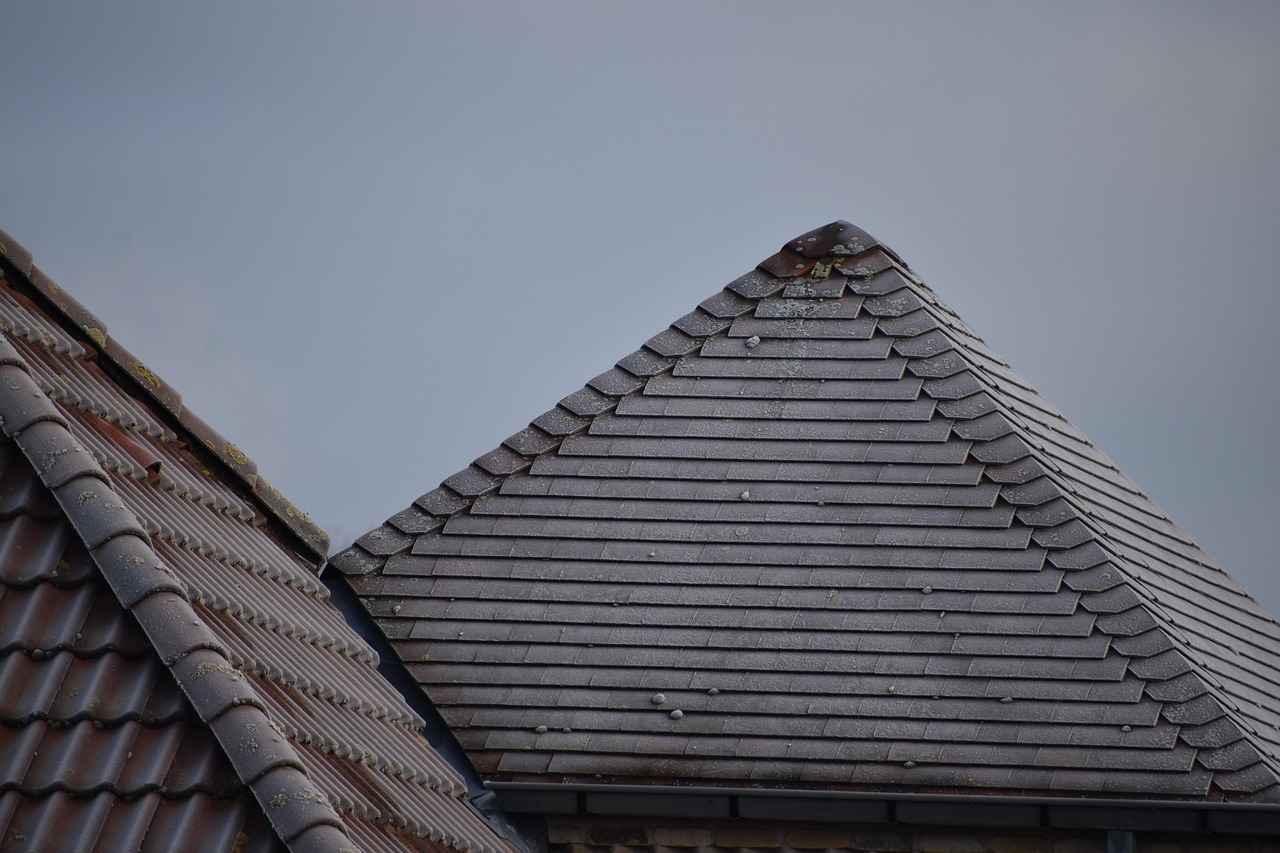
Environmental Conditions Matter
The freezing process of water is not solely determined by its temperature; rather, it is significantly influenced by environmental conditions such as air pressure and humidity. Understanding these factors is essential for grasping how they can alter freezing rates and impact various scientific and practical applications.
Air pressure plays a crucial role in determining the boiling and freezing points of water. At higher altitudes, where air pressure is lower, water can boil at a lower temperature. This phenomenon also affects freezing; as the pressure decreases, the freezing point of water can drop slightly, allowing water to freeze more quickly than it would at sea level. For instance, in mountainous regions, the combination of lower temperatures and reduced pressure can lead to faster freezing times.
Humidity, or the amount of moisture in the air, also impacts the freezing process. When humidity levels are high, the air is saturated with water vapor, which can slow down the rate at which water freezes. This occurs because the presence of moisture in the air can create a layer of insulation around the water, hindering heat loss. Conversely, in dry conditions, water can lose heat more rapidly, facilitating faster freezing. This relationship highlights the importance of considering local weather conditions when studying freezing rates.
The interaction between temperature, air pressure, and humidity creates a complex environment that influences how quickly water freezes. For example, in a cold and dry climate, water may freeze more quickly than in a warm and humid environment. This interplay can also explain why two containers of water at the same initial temperature may freeze at different rates when placed in varying environmental conditions.
Understanding how environmental conditions affect freezing rates has practical implications in various fields, including meteorology, food preservation, and even cryogenics. For instance, in food storage, knowing that high humidity can slow freezing can lead to better practices in maintaining optimal conditions for freezing food items. In cryogenics, scientists must consider these environmental factors to ensure that substances are frozen efficiently without compromising their integrity.
Numerous experiments have demonstrated the impact of environmental factors on freezing rates. For example, studies have shown that water exposed to lower air pressure can freeze faster than water at normal pressure. Additionally, experiments involving varying humidity levels have illustrated how moisture can significantly alter freezing times, providing valuable insights into the freezing process.
In summary, environmental conditions such as air pressure and humidity play a vital role in the freezing process of water. By understanding these factors, we can better appreciate the complexities of freezing and apply this knowledge in various scientific and practical contexts. Whether in the kitchen or in industrial applications, recognizing the influence of these environmental factors can lead to more effective freezing techniques and improved outcomes.
Air Pressure Effects
Air pressure plays a significant role in the physical properties of water, particularly in its boiling and freezing points. Understanding how changes in atmospheric pressure can affect the freezing time of water is crucial for various scientific and practical applications. This section explores the intricate relationship between air pressure and the freezing process of water.
At sea level, water freezes at 0°C (32°F). However, as the altitude increases, the atmospheric pressure decreases, which in turn lowers the freezing point of water. This phenomenon can be attributed to the fact that the boiling and freezing points of liquids are influenced by the pressure exerted on them. For instance, in high-altitude locations such as mountains, water may freeze at temperatures slightly below 0°C, causing it to solidify faster than it would at lower elevations.
One of the most fascinating aspects of this interaction is how it can lead to variations in freezing times. When atmospheric pressure is reduced, the energy required for water molecules to escape the liquid state and enter the solid state is altered. Consequently, water may freeze more quickly under lower pressure conditions. This can be particularly relevant in experimental settings where precise control over environmental variables is necessary.
To illustrate this effect, consider a scenario where two identical containers of water are placed in freezers at different altitudes. The container at a higher elevation, where air pressure is lower, may freeze faster than the one at sea level, despite starting at the same temperature. This observation raises intriguing questions about the interplay between temperature and pressure in the freezing process.
| Altitude (meters) | Freezing Point of Water (°C) |
|---|---|
| 0 | 0 |
| 1000 | -0.5 |
| 2000 | -1.0 |
| 3000 | -1.5 |
Moreover, the concept of supercooling comes into play. Supercooling occurs when water is cooled below its freezing point without turning into ice. Under lower air pressure, water is more likely to remain in a liquid state even at temperatures below 0°C. However, once disturbed, it can rapidly freeze, demonstrating the complex dynamics at play.
In practical applications, understanding how air pressure affects freezing times can enhance processes in various fields, including food preservation, cryogenics, and even meteorology. For instance, food scientists can optimize freezing methods to preserve the quality of perishable items by considering the impact of atmospheric conditions on freezing rates.
In conclusion, the influence of air pressure on the freezing time of water is a fascinating intersection of physics and environmental science. By appreciating how atmospheric conditions can alter the freezing point, we can better understand and manipulate the freezing process for various applications. This knowledge not only enriches our scientific understanding but also has practical implications for everyday life.
Humidity and Freezing
Humidity plays a significant role in the freezing rates of water, influencing how quickly both warm and cold water can solidify into ice. Understanding this relationship is essential for grasping the complexities of the freezing process.
How Humidity Affects Freezing Rates
The moisture content in the air, or humidity, can alter the freezing point of water. When humidity levels are high, the air is saturated with water vapor, which can affect the rate of heat loss from the water. This phenomenon occurs because the surrounding moisture can create a microenvironment that influences evaporation rates and heat transfer.
Evaporation and Cooling
One of the key processes affected by humidity is evaporation. When water evaporates, it absorbs heat from the remaining liquid, leading to a cooling effect. In low-humidity conditions, the rate of evaporation is higher, which can enhance cooling and potentially expedite the freezing process of warm water. Conversely, in high-humidity environments, the evaporation rate decreases, which may slow down the cooling and freezing of water.
Warm vs. Cold Water in Humid Conditions
Interestingly, warm water may freeze faster than cold water in humid conditions due to the Mpemba Effect. This counterintuitive phenomenon suggests that under certain circumstances, the warmer water can lose heat more efficiently, especially when evaporation is a significant factor. The presence of humidity can either support or hinder this effect, depending on the specific conditions.
Impact of Humidity on Ice Formation
Humidity also influences the structure of the ice formed. In high-humidity conditions, ice may trap more air and moisture, resulting in a less dense and potentially less stable ice structure. This can affect not only the freezing rates but also the quality of the ice produced. In contrast, lower humidity levels tend to produce clearer and denser ice, which can be desirable in various applications, such as ice sculpting or food preservation.
Practical Implications
Understanding how humidity affects freezing rates has practical implications in several fields. For example, in food preservation, knowing the optimal humidity levels can help improve freezing techniques, ensuring that food retains its quality and texture. In industrial ice production, managing humidity can lead to more efficient processes and better-quality ice.
Conclusion
In summary, humidity is a crucial factor in the freezing process of water. Its influence on evaporation rates, ice structure, and overall freezing times highlights the complex interplay between environmental conditions and the physical properties of water. By considering humidity levels, individuals and industries can optimize freezing techniques for various applications.
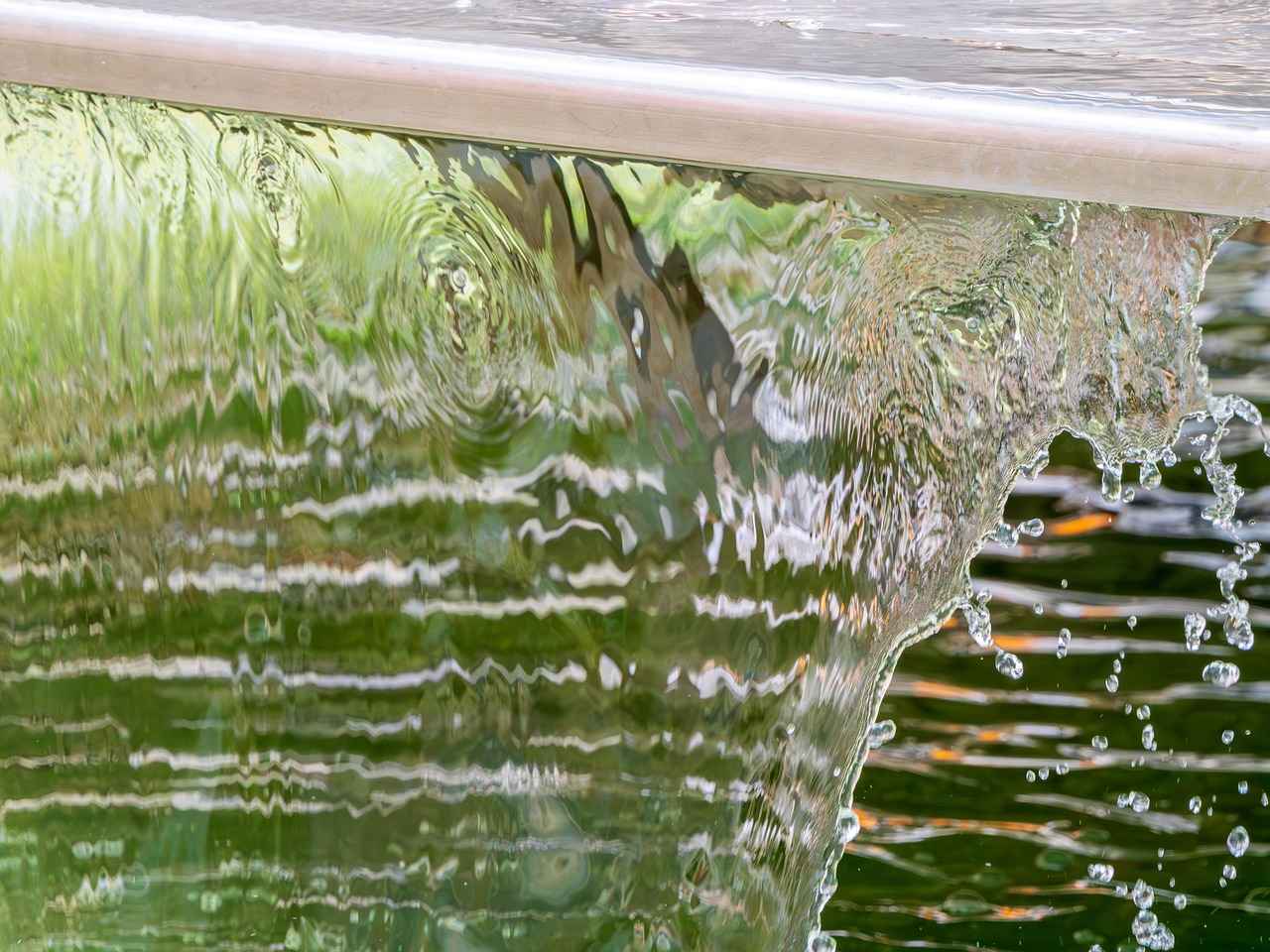
Scientific Experiments on Freezing Water
Scientific inquiry into the freezing rates of water has led to fascinating discoveries, particularly regarding the behavior of warm versus cold water. This section highlights various experiments conducted to explore these phenomena, focusing on their methodologies and findings.
One of the most renowned experiments in this field was conducted by Erasto Mpemba in the 1960s. Mpemba observed that warm ice cream mixture froze faster than a cold one, which sparked further investigation into the freezing rates of water. His findings, though initially met with skepticism, were later supported by various studies. Researchers found that under certain conditions, warm water can freeze faster than cold water due to factors like evaporation, convection currents, and the properties of supercooling.
- University of Oregon Study (2010): This study confirmed the Mpemba Effect by demonstrating that under controlled conditions, warm water froze faster than cold water. Researchers attributed this phenomenon to the differences in evaporation rates and the formation of ice crystals.
- University of California Experiment (2013): This experiment focused on the role of container materials. It was found that water in plastic containers froze faster than in glass containers, suggesting that thermal conductivity plays a significant role in freezing rates.
- Recent Research (2021): A comprehensive review of over 30 studies concluded that while the Mpemba Effect is not universally applicable, it can occur under specific conditions, such as when the warm water is in a shallow container, allowing for quicker heat loss.
Aside from temperature, several factors influence the freezing process, including:
1. Container Shape and Material: The shape and material of the container can significantly impact heat loss.2. Environmental Conditions: Factors like air pressure and humidity can alter the freezing process.3. Initial Water Temperature: The starting temperature can affect the time it takes for water to freeze.
The implications of these experiments extend beyond mere curiosity. Understanding the freezing rates of water can enhance various practical applications:
- Food Preservation: Knowledge of how water freezes can improve freezing techniques, leading to better food preservation methods.
- Industrial Ice Production: Industries can optimize their ice production processes based on the freezing rates of water at different temperatures.
In summary, the exploration of freezing rates in warm and cold water continues to reveal intriguing insights. The studies conducted over the years have not only validated the Mpemba Effect but have also highlighted the complexity of freezing processes influenced by multiple factors. This ongoing research provides valuable knowledge applicable across various fields, from culinary arts to industrial practices.
Classic Experiments
The phenomenon known as the Mpemba Effect has captured the curiosity of scientists and laypeople alike for centuries. This section delves into that have significantly contributed to our understanding of this intriguing occurrence, where warm water freezes faster than cold water under specific conditions.
One of the earliest documented instances of the Mpemba Effect dates back to 1963, when a Tanzanian student named Erasto Mpemba noticed that hot ice cream mixture froze faster than a cold one. His observations prompted a series of experiments that have since been replicated and expanded upon by various researchers worldwide.
| Experiment | Year | Findings |
|---|---|---|
| Mpemba’s Ice Cream Experiment | 1963 | Hot mixtures froze faster than cold mixtures. |
| University of Oregon Study | 2010 | Confirmed Mpemba’s observations; high temperature led to faster freezing. |
| University of California Experiment | 2017 | Identified convection currents as a contributing factor. |
Another significant study was conducted by researchers at the University of Oregon in 2010. They replicated Mpemba’s original experiment under controlled conditions and found that water starting at a higher temperature did indeed freeze faster than colder water. This study not only validated Mpemba’s findings but also opened the door for further exploration into the underlying mechanisms driving the phenomenon.
In 2017, a team from the University of California took a closer look at the physical processes involved. They proposed that the presence of convection currents in warmer water could enhance heat loss, thereby facilitating a quicker transition to the freezing point. Their experiments demonstrated that when warm water is placed in a freezer, it creates a dynamic environment that can lead to faster cooling compared to still cold water.
- Convection Currents: Warm water generates currents that distribute temperature evenly, promoting faster freezing.
- Evaporative Cooling: The evaporation of warmer water can lower its temperature, aiding in quicker freezing.
- Container Effects: The type of container used can also influence freezing rates, as certain materials conduct heat differently.
These classic experiments not only illustrate the Mpemba Effect but also highlight the complexity of the freezing process. The interplay of various factors such as temperature, environmental conditions, and container types makes it clear that the freezing of water is not a straightforward process. Each experiment adds layers to our understanding, demonstrating that even something as seemingly simple as freezing water can involve intricate scientific principles.
Through these classic experiments, researchers have paved the way for ongoing investigations into the Mpemba Effect. The insights gained not only challenge our conventional understanding of freezing but also inspire curiosity and further research in the fields of physics and thermodynamics.
Recent Research Findings
The study of the Mpemba Effect continues to captivate scientists and enthusiasts alike, offering insights into the complex behavior of water as it transitions from liquid to solid. Recent research findings have expanded our understanding of this fascinating phenomenon, revealing the intricate interplay of various factors that can lead warm water to freeze faster than cold water under specific conditions.
One of the most significant advancements in recent studies is the exploration of molecular dynamics and how they influence freezing. Scientists have utilized advanced simulation techniques to observe the behavior of water molecules at different temperatures. These studies suggest that the arrangement and movement of molecules in warm water can facilitate a faster formation of ice crystals compared to their cold counterparts. This process is influenced by the hydrogen bonding dynamics, which appear to be more favorable in warmer temperatures, allowing for quicker nucleation of ice.
Another important aspect of recent research is the role of evaporative cooling. When warm water is exposed to cooler air, evaporation occurs at a higher rate, which can significantly lower the temperature of the remaining water. This phenomenon has been shown to contribute to the Mpemba Effect, as the reduced volume of water, due to evaporation, can freeze more rapidly. Studies have demonstrated that this cooling effect is more pronounced in warmer water, further complicating the freezing dynamics.
Researchers have also examined the impact of container materials and shapes on freezing rates. Recent experiments indicate that certain materials, such as metal containers, can conduct heat away from the water more efficiently than others, thereby influencing the freezing time. Additionally, the shape of the container can affect the surface area exposed to the cold air, playing a crucial role in how quickly the water can lose heat.
Moreover, the influence of environmental conditions such as humidity and air pressure has been a focal point in contemporary research. Higher humidity levels can lead to increased condensation on the surface of the container, which may insulate the water and affect its freezing rate. Similarly, variations in air pressure can alter the boiling and freezing points of water, introducing another layer of complexity to the Mpemba Effect.
Recent studies have also highlighted the importance of supercooling, a phenomenon where water remains in a liquid state below its freezing point. Understanding how supercooled warm water behaves compared to supercooled cold water can provide further insights into the Mpemba Effect. Researchers are investigating the conditions under which supercooling occurs and how it might contribute to the observed differences in freezing times.
As the scientific community continues to explore these variables, the implications of the Mpemba Effect extend beyond mere curiosity. The findings from recent studies not only enhance our understanding of water’s physical properties but also open up potential applications in various fields, including food preservation and industrial ice production. By harnessing the principles of freezing dynamics, industries can optimize processes to improve efficiency and effectiveness.
In summary, the Mpemba Effect remains a rich area for exploration, with recent studies shedding light on the complex interactions that govern the freezing of water. As researchers delve deeper into the underlying mechanisms, our understanding of this intriguing phenomenon continues to evolve, promising exciting developments in both scientific inquiry and practical applications.
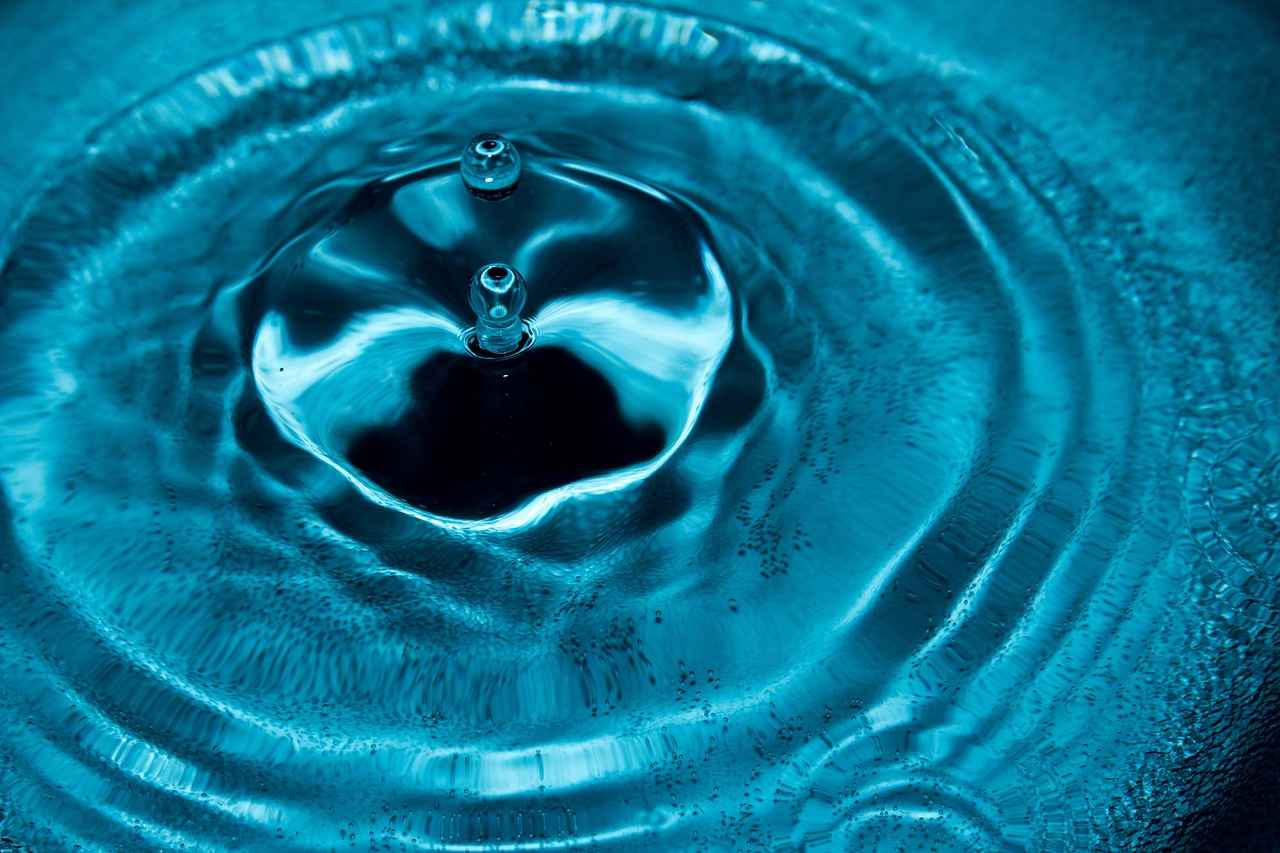
Common Misconceptions About Freezing Water
When it comes to the freezing process of water, many people hold misconceptions that can lead to confusion. Understanding the science behind freezing is essential for dispelling these myths and gaining a clearer perspective on how temperature impacts this process. This section addresses some of the most common misconceptions about freezing water.
- Myth: Cold Water Always Freezes Faster
One of the most widespread beliefs is that cold water will always freeze faster than warm water. While it may seem logical, this is not necessarily true. The Mpemba Effect illustrates that under certain conditions, warm water can freeze faster than cold water. Factors such as evaporation, convection currents, and the properties of the container play crucial roles in determining freezing rates. For instance, as warm water cools, it can lose mass through evaporation, which may allow it to freeze more quickly than a larger volume of cold water.
- Myth: Warm Water Cannot Freeze
Another common misconception is that warm water cannot freeze. This is simply untrue. While warm water may take longer to reach its freezing point, it can and does freeze when the right conditions are met. For example, if warm water is placed in a sufficiently cold environment, it will eventually reach 0°C and solidify. The confusion often arises from the fact that warm water requires a different approach to freezing than cold water.
- Myth: The Shape of the Container Does Not Matter
Many people believe that the shape or material of the container used for freezing water has no impact on the freezing process. However, this is a significant misconception. The thermal conductivity of the container material can greatly influence how quickly heat is lost from the water. For instance, metal containers typically conduct heat better than plastic ones, leading to faster freezing times. Additionally, shallow containers allow for greater surface area exposure, which can accelerate the freezing process.
- Myth: All Water Freezes at the Same Temperature
While it is commonly accepted that pure water freezes at 0°C, this is only true under standard atmospheric pressure. Variations in air pressure can alter the freezing point of water. In high-pressure environments, water can freeze at temperatures above 0°C, while in low-pressure conditions, it may freeze at lower temperatures. This complexity adds another layer to our understanding of the freezing process.
- Myth: Ice Forms Instantaneously
Finally, some individuals believe that ice forms instantaneously when water reaches its freezing point. In reality, the transition from liquid to solid is a gradual process. Factors such as supercooling, where water remains liquid below its freezing point, can delay the formation of ice. Additionally, nucleation points must be established for ice crystals to begin forming, which can take time depending on the conditions.
By addressing these misconceptions, we can foster a better understanding of the freezing process of water. Knowledge about the factors influencing freezing rates helps in various practical applications, from food preservation to industrial ice production. As we continue to explore the science of freezing, it becomes clear that temperature is just one of many elements that play a role in this fascinating phenomenon.
Myth: Cold Water Always Freezes Faster
One of the most widespread beliefs regarding the freezing of water is that cold water consistently freezes faster than warm water. However, this notion is not universally accurate and can be misleading. This section aims to clarify this common misconception by exploring the underlying science and various factors that influence the freezing process.
The Mpemba Effect is a phenomenon that contradicts the idea that cold water always freezes faster. Named after Tanzanian student Erasto Mpemba, who observed this effect in the 1960s, it describes instances where warm water can freeze more quickly than cold water under specific conditions. Although this may seem counterintuitive, several scientific explanations can account for this behavior.
- Evaporation: Warm water tends to evaporate more quickly than cold water. As water evaporates, it loses heat, which can lead to a decrease in the overall volume of water that needs to freeze. This loss of mass can result in faster freezing times.
- Convection Currents: Warm water can create convection currents that promote uniform cooling. These currents help distribute heat evenly throughout the liquid, allowing it to reach freezing temperatures more efficiently.
- Supercooling: Cold water can sometimes remain in a liquid state below its freezing point, a phenomenon known as supercooling. This can delay the freezing process, making it seem like cold water freezes faster when, in fact, it is not freezing at all.
Environmental Factors also play a significant role in the freezing rates of water. Conditions such as air pressure and humidity can influence how quickly water freezes. For instance, at lower air pressures, water can boil at lower temperatures, which may affect the freezing point as well. Similarly, high humidity can introduce additional moisture that impacts the freezing process.
Furthermore, the type of container used to hold the water can significantly affect freezing rates. Different materials have varying thermal properties, which can either enhance or hinder the cooling process. For example, metal containers conduct heat more effectively than plastic ones, potentially leading to quicker freezing times for warm water.
Numerous scientific experiments have been conducted to investigate the freezing rates of warm and cold water. Classic studies have illustrated the Mpemba Effect, while recent research continues to explore the complexities of this phenomenon. These studies often involve controlled environments where variables can be manipulated to observe their effects on freezing times.
In summary, while the myth that cold water always freezes faster than warm water is prevalent, it is not a definitive truth. The freezing process is influenced by a variety of factors, including temperature, evaporation, convection currents, supercooling, environmental conditions, and the type of container used. Understanding these elements provides a more nuanced perspective on the freezing of water, allowing for a greater appreciation of the intricacies of this common yet fascinating phenomenon.
Myth: Warm Water Cannot Freeze
The notion that warm water cannot freeze is a common misconception that has persisted over time. In reality, warm water can freeze under the right conditions, often surprising those who believe otherwise. This section aims to clarify this myth by examining the scientific principles and conditions that allow warm water to freeze effectively.
To understand why warm water can freeze, we first need to explore the freezing process. Freezing occurs when the temperature of water drops to 0°C (32°F) or below, causing the molecules to slow down and form a solid structure. While it may seem counterintuitive, warm water can reach this temperature and freeze more quickly than cold water under specific circumstances.
One of the primary factors influencing the freezing rate of warm water is the Mpemba Effect, which suggests that under certain conditions, warmer water can freeze faster than colder water. This phenomenon can be attributed to several factors:
- Evaporation: Warm water tends to evaporate more quickly than cold water, reducing the overall volume that needs to freeze. This decrease in volume can lead to faster freezing times.
- Convection Currents: The temperature difference in warm water creates convection currents that help distribute the cold more evenly throughout the liquid, promoting quicker cooling and freezing.
- Supercooling: Warm water can sometimes supercool, allowing it to remain in a liquid state below freezing temperatures. When it finally does freeze, it can do so rapidly.
Environmental conditions also play a critical role in the freezing process. Factors such as air pressure and humidity can significantly affect how quickly water freezes. For instance, higher air pressure can lower the freezing point of water, while high humidity can slow down the freezing process due to the moisture in the air.
It is essential to consider the container type when discussing the freezing of warm water. Different materials conduct heat differently, which can influence freezing times. For example, metal containers, which conduct heat more efficiently than plastic, can facilitate quicker heat loss from warm water, leading to faster freezing.
Numerous experiments have been conducted to test the freezing rates of warm versus cold water. These studies often highlight the complexities of the freezing process and the various factors at play. For instance, classic experiments have shown that under controlled conditions, warm water can indeed freeze faster than cold water, supporting the Mpemba Effect.
In conclusion, the idea that warm water cannot freeze is a myth rooted in misunderstanding. Warm water can freeze effectively under the right conditions, influenced by factors such as evaporation, convection currents, container materials, and environmental conditions. By understanding these principles, we can appreciate the fascinating dynamics of water’s freezing process and debunk the misconceptions surrounding it.
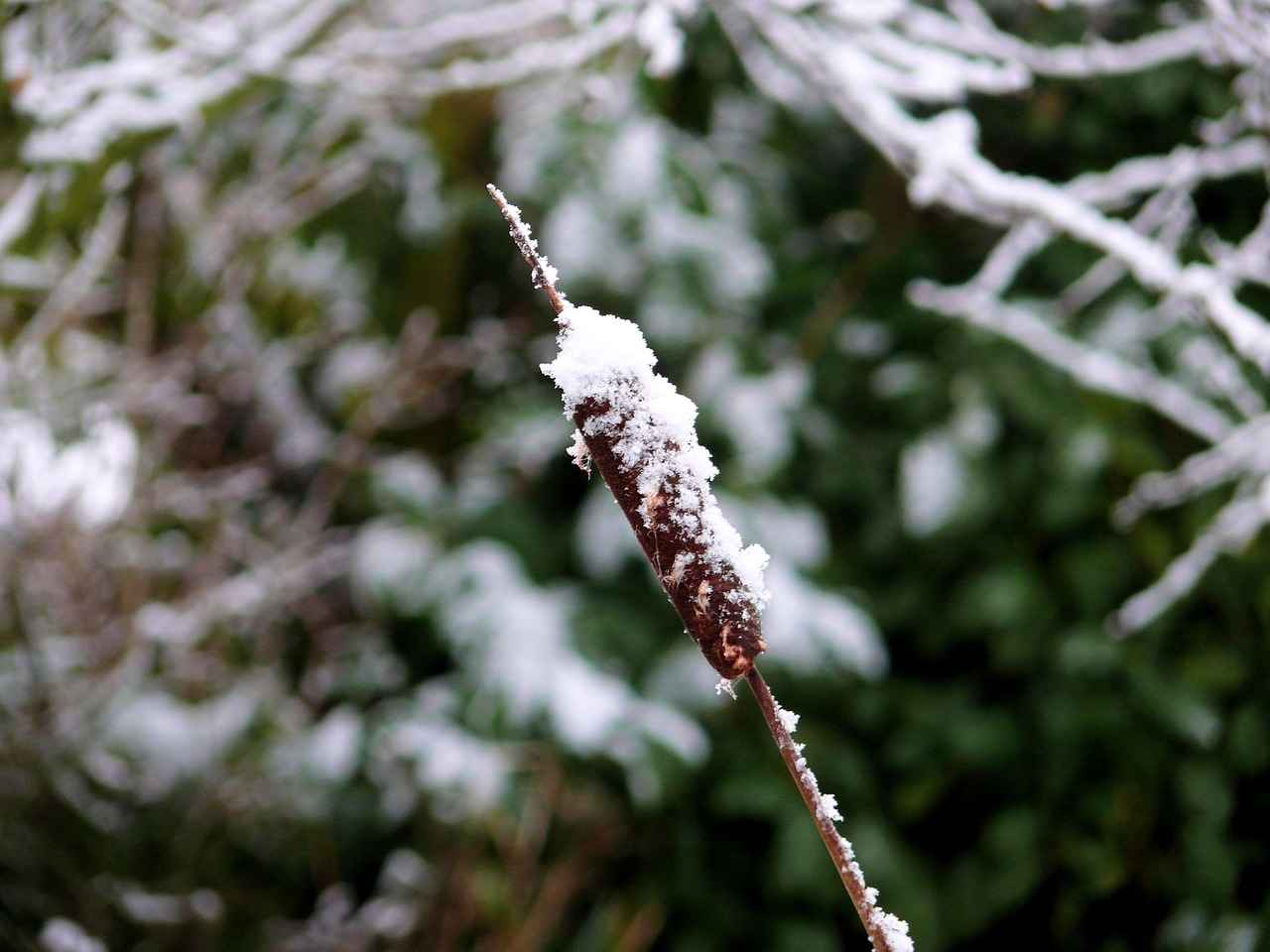
Practical Applications of Freezing Water Knowledge
Understanding the freezing rates of water has practical implications across various domains, influencing not just scientific research but also everyday life and industrial applications. This section aims to elaborate on how this knowledge can be harnessed effectively.
In the realm of food preservation, knowledge of freezing rates is invaluable. When food is frozen, the formation of ice crystals can affect texture and flavor. By understanding how temperature impacts freezing, food scientists can optimize freezing techniques to minimize damage. For instance, rapid freezing is often preferred, as it leads to smaller ice crystals, which helps maintain the quality of the food. This is particularly important for fruits and vegetables, where large ice crystals can rupture cell walls, resulting in a mushy texture once thawed.
In industrial settings, knowledge of freezing processes is crucial for efficient ice production. Industries that rely on ice, such as fisheries and food distribution, utilize advanced freezing technologies that take into account the temperature of water and environmental conditions. For example, understanding the freezing point depression due to impurities can help in designing systems that produce ice more efficiently, thereby reducing costs and energy consumption.
The implications of freezing water extend into scientific research and environmental studies. Researchers studying the effects of climate change on polar ice caps rely on accurate models of freezing and melting processes. By understanding the dynamics of water freezing, scientists can better predict how rising temperatures will impact global sea levels and ecosystems. Furthermore, studies on supercooling and the Mpemba Effect provide insights into thermodynamics that are applicable in various scientific fields.
In engineering, especially in cold climate construction, understanding freezing rates is essential. Engineers must consider how water freezes in soils and structures to prevent damage. For example, the freezing of groundwater can lead to heaving, which can compromise the integrity of buildings and roads. By applying knowledge of freezing rates, engineers can design foundations and drainage systems that mitigate these risks.
In the world of sports and recreation, the freezing rates of water are critical for activities such as ice skating and hockey. Rinks are carefully maintained to ensure optimal ice conditions, which requires an understanding of how temperature variations affect the quality and safety of the ice surface. This knowledge helps in creating the best possible conditions for athletes and enhances the overall sporting experience.
On a more personal level, understanding freezing rates can improve household practices. For instance, knowing that warm water can freeze faster under certain conditions can help homeowners make informed decisions about how to freeze water for ice cubes or other purposes. Additionally, awareness of how different containers affect freezing times can lead to more efficient use of resources in the kitchen.
In summary, the implications of understanding water’s freezing rates are vast and varied, impacting numerous fields from food preservation to scientific research and engineering. By leveraging this knowledge, individuals and industries can optimize processes, enhance quality, and contribute to a better understanding of the natural world.
Food Preservation Techniques
Food preservation is a critical aspect of maintaining the quality and safety of our food supply. Among various methods, freezing is one of the most effective techniques. Understanding freezing rates can significantly enhance food preservation methods, ensuring that food retains its taste, texture, and nutritional value for longer periods. This section delves into how freezing techniques can be optimized based on water temperature.
Freezing involves lowering the temperature of food to below its freezing point, which halts the growth of microorganisms and slows down enzymatic reactions. However, the rate at which food freezes can vary based on several factors, including the initial temperature of the water used in the freezing process.
The temperature of water before freezing plays a pivotal role in the overall freezing process. Warm water can sometimes freeze faster than cold water due to several phenomena:
- Increased evaporation: Warm water tends to evaporate more quickly, reducing the volume that needs to be frozen.
- Convection currents: Higher temperatures can create convection currents within the water, promoting faster heat loss.
- Mpemba Effect: This counterintuitive phenomenon suggests that under certain conditions, warm water can freeze faster than cold water.
To optimize food preservation through freezing, consider the following techniques:
- Pre-chill food: Before placing food in the freezer, pre-chill it in cold water. This method can help achieve an even temperature throughout the food item.
- Use shallow containers: Shallow containers allow for faster freezing since they have a larger surface area exposed to the cold air.
- Control freezer temperature: Maintain your freezer at a consistent temperature of 0°F (-18°C) or lower for optimal preservation.
Different freezing methods can also affect food quality:
| Freezing Method | Description | Advantages |
|---|---|---|
| Blast Freezing | Rapid freezing using cold air circulation. | Preserves texture and flavor. |
| Cryogenic Freezing | Uses liquid nitrogen for instant freezing. | Minimizes ice crystal formation. |
| Slow Freezing | Freezing at a gradual rate. | Can lead to larger ice crystals, affecting texture. |
By understanding and applying the principles of freezing rates, food preservation methods can be significantly enhanced. For instance, in the food industry, optimizing freezing techniques based on water temperature can lead to:
- Improved shelf life: Properly frozen foods can last months without losing quality.
- Cost savings: Efficient freezing reduces waste and maximizes product yield.
- Better consumer satisfaction: High-quality frozen foods increase customer trust and loyalty.
In summary, knowledge of freezing rates and the impact of water temperature can greatly improve food preservation techniques. By implementing optimized freezing methods, both home cooks and food industry professionals can ensure that food remains safe, nutritious, and enjoyable for longer periods.
Ice Production in Industry
In industrial settings, the understanding of freezing processes is crucial for optimizing production efficiency and ensuring quality. This section focuses on how industries leverage the principles of water freezing rates to enhance their ice production processes.
The freezing rate of water can significantly impact the quality and efficiency of ice production. Industries that rely on ice, such as the food and beverage sector, need to produce ice quickly and in large quantities. By understanding the factors that influence freezing rates, companies can optimize their operations to meet demand while minimizing energy consumption.
- Water Temperature: The initial temperature of the water plays a vital role in determining how quickly it can freeze. Warmer water can sometimes freeze faster than colder water due to various factors, including evaporation and convection currents.
- Container Design: The shape and material of the container used for freezing can affect heat transfer rates. For instance, metal containers typically conduct heat better than plastic ones, leading to faster freezing times.
- Environmental Conditions: Temperature, humidity, and air pressure in the production facility can also influence freezing rates. Maintaining optimal conditions can enhance production efficiency.
Modern ice production facilities have adopted advanced technologies to improve efficiency. Refrigeration systems equipped with precise temperature controls allow for better management of freezing processes. Additionally, automated monitoring systems track freezing rates in real-time, enabling quick adjustments to optimize production.
Understanding the dynamics of freezing processes extends beyond ice production. For example, in the food industry, rapid freezing techniques are employed to preserve the texture and flavor of food products. By freezing food quickly, companies can lock in freshness and extend shelf life.
As industries strive for sustainability, optimizing freezing processes can lead to energy savings and reduced environmental impact. By using less energy for freezing, companies can lower their carbon footprint while maintaining high production standards.
Despite advancements, ice production faces several challenges. Fluctuating energy costs can impact operational expenses, and maintaining consistent freezing rates is essential for quality control. Industries must continually adapt to these challenges to ensure efficient and sustainable ice production.
In summary, the knowledge of freezing processes is invaluable for industries engaged in ice production. By optimizing freezing rates through understanding various influencing factors, companies can enhance efficiency, reduce costs, and improve product quality. This comprehensive understanding not only benefits the industry but also contributes to more sustainable practices.
Frequently Asked Questions
- Does warm water really freeze faster than cold water?
Yes, under certain conditions, warm water can freeze faster than cold water, a phenomenon known as the Mpemba Effect. This counterintuitive result can depend on various factors including the environment and the properties of the water itself.
- What factors influence the freezing rate of water?
Several factors come into play when it comes to freezing rates. These include temperature, the type of container used, environmental conditions like air pressure and humidity, and even the heat loss mechanisms at work.
- Is it true that cold water always freezes faster?
This is a common misconception! While cold water often freezes faster, it’s not a hard and fast rule. The freezing rate can be influenced by many factors, so warm water can sometimes beat cold water to the freeze.
- Can warm water freeze at all?
Absolutely! Warm water can freeze just like cold water, and under the right conditions, it might even do so more quickly. It all depends on the surrounding environment and the specifics of the situation.
- How do environmental conditions affect freezing rates?
Environmental factors such as air pressure and humidity can significantly impact how quickly water freezes. For example, lower air pressure can lower the boiling point of water, influencing the freezing process as well.
